Grande Dame of Women's Golf
Peggy Kirk Bell
Grande Dame of Women’s Golf
By Lee Pace

Spectators at the third round of the 2007 U.S. Women’s Open at Pine Needles were lined up 15 deep in the merchandise pavilion, waiting for Peggy Kirk Bell to sign copies of her book, The Gift of Golf. The “Grande Dame” of North Carolina golf inscribed and chatted, inscribed and smiled, inscribed and reminisced while soaking in the atmosphere of big-time golf at her family-owned and operated resort.
“Thanks, Peggy, for what you’ve done for golf and women’s golf especially,” one woman said. Peggy accepted the compliment graciously but shrugged off the notion she’d done anything special.
“For us to have had three Opens on a golf course we bought that had nothing but weeds and scrub oaks right up to the fairway is an amazing story,” she said of her 1953 purchase of the course, along with newlywed husband Warren (a.k.a “Bullet”). “My husband and I both loved the game and we both wanted to own our own business. All I’ve done is play a wonderful game. Everything I have in life has been through golf. It’s been a joy and a blessing.”

Peggy Kirk grew up in Findlay, Ohio. She learned to play golf as a teenager and then played golf at Rollins College in Florida. She first learned of the Sandhills when playing in the Women’s North & South Amateur at Pinehurst in the late 1940s, and her relationship with the area continued through her friendship with Ann Cosgrove, daughter of Mid Pines owners Frank and Maisie Cosgrove. She married Bullet Bell (so nicknamed for the speed he could traverse a basketball court) in 1953 and they leased, and later bought the Pine Needles Lodge & Golf Club and the course that had fallen into disarray during the Depression and World War II. The Bells went about starting a family (they had three children), with Bullet running the resort on a day-to-day basis while Peggy traveled the country on the fledgling LPGA Tour (later earning World Golf Hall of Fame honors). Though Bullet died in 1984 and Peggy followed in 2016, the resort still remains in family hands, as does Mid Pines, which the Bells and a group of investors purchased in 1994.
Beyond having an outstanding Donald Ross-designed course, comfortable accommodations and welcoming hosts in the Bells, Pine Needles began forging another niche in the golf business shortly after the Bells took over the course.

Peggy had never given a golf lesson in her life when Bullet approached her one day in 1954, one year into their running the club. He pointed to a woman who had come into the golf shop and said, “That woman wants to learn to play golf. Go teach her.” At the time, Pine Needles’ clientele was nearly 100 percent men, and seeing a woman wanting to learn the game took Bullet by surprise.
“I don’t know what to tell her,” Peggy said. “You know more golf than she does,” Bullet said. “Tell her anything.” So there Peggy went. And it was a disaster.
“I told her everything I knew,” Peggy said, shaking her head. “We were out there for two or three hours. She’d hit it bad and I’d say, ‘Try this.’ Another bad shot. ‘Try this.’ I was going crazy trying to get her to hit it like I could.” Finally, the poor woman said, “Can we quit? I’m dead.”
Peggy laughed at the memory. “I often wonder about that poor woman,” she said. “I’m sure she quit golf then and there.”

That one lesson lit a fire in Peggy. It became one of her life’s missions to teach ladies and spread the gospel, and the key tool was the creation of ladies golf camps—known at Pine Needles as “Golfaris” (i.e., a week-long “safari” into the sport).
“There is not one week that goes by that I don’t get a letter or phone call from someone who’s been in a Golfari and has a success story,” Peggy said years later. “They’ve broken 100. They’ve broken 90. They’ve won the club championship. Sometimes you can be struggling, struggling, struggling with a student, and then all of a sudden, the light comes on and they get it. Watching them hit the ball flush and seeing the smile on their face makes it all worthwhile.”

Along the way, Peggy was longtime friends with two accomplished amateur golfers and USGA committee members who had made their way up the USGA hierarchy as the 1980s evolved. Barbara McIntire followed Peggy at Rollins College and as a Curtis Cup team member and was a six-time champion of the Women’s North and South Amateur at Pinehurst. Judy Bell (no relation) was another top amateur in the mid-1900s and developed an expertise in rules and course set-up; in 1987 she became the first woman to serve on the USGA Executive Committee. Those women recognized Peggy’s contributions to the game of golf and Pine Needles’ excellence as a potential championship venue, and were instrumental in Pine Needles being selected as site of the 1989 U.S. Girls Junior (won by Brandie Burton) and the 1991 Women’s Senior Amateur (won by Phyllis Preuss).
At the opening night dinner for the Senior Amateur, Peggy addressed the competitors and officials and said, “Well, we’ve had the senior ladies and we’ve had the young girls. Now if we could get the pros in here, we’d have it covered.” Judy Bell approached Peggy afterward and asked, “Would you like to have a U.S. Open here?” “Are you kidding?” Peggy responded. “We’ll work on it,” Judy said.

By the time the PGA Tour came to Pinehurst No. 2 for the 1991 Tour Championship in late October, the deal was struck: Pine Needles would be the site of the 1996 U.S. Women’s Open.
“Pine Needles is a place you should have a U.S. Open at,” said LPGA Hall of Famer Kathy Whitworth. “It’s a perfect venue. With the history of the area, the tradition, the quality of the golf course, it lends itself to an Open. This is the kind of place you expect to come for a U.S. Open.”
“Pine Needles is a classic Donald Ross design,” added Kendra Graham, USGA director of women’s competitions. “People in the golf world know about Pine Needles. It’s a hidden gem.”
No one knew exactly what to expect when the USGA ventured to Southern Pines in 1996 for the Women’s Open. But all questions were answered with aplomb: Only two players broke par for 72 holes, with Annika Sorenstam winning in a six-shot rout with a 272 total, 8-under; an Open record at the time of 106,000 attendees converged on the Pine Needles campus; and parking, traffic flow and accommodations were manageable and sufficient.

Sorenstam’s triumph was apropos given her ties to Peggy Bell forged several years earlier. Sorenstam grew up in Stockholm but moved to the United States for college, playing at the University of Arizona in the early 1990s. She made the acquaintance at a tournament in Palm Springs of longtime University of Washington women’s golf coach Edean Ihlanfeldt, who had been friends for many years with Peggy. One year, Ihlanfeldt called Bell and asked if a young Swedish golfer could stay with Peggy while competing in the North and South Women’s Amateur at Pinehurst. Bell said Sorenstam was welcome, and thus the extroverted Bell and introverted Sorenstam began a close friendship.
“I gave her a car, a room and told her to come and go as she pleased,” Peggy remembers. “She was quiet as a mouse. We had golf schools that week, so I was never able to go see her play, but they said she hit it long and straight. I know she was disappointed when she lost.”
Sorenstam finished at Arizona in 1992, began playing the LPGA Tour in 1993 and was Rookie of the Year the following season. In June 1995, she broke into the national spotlight by winning the Women’s Open at The Broadmoor Golf Club in Colorado Springs. Among the spectators that week were Peggy Bell and a party from Pine Needles, the site of the Open the next year.
“I hugged Annika after she won and said, ‘Now you can win it again at Pine Needles!’” Peggy says. Sorenstam did exactly that.
“Winning at Pine Needles is very special to me,” Sorenstam said after the win. “I will never forget Peggy Bell and Pine Needles.”

The week flowed so smoothly and the golf course proved such an excellent test that the USGA accepted the Bells’ invitation to return for another Open. That 2001 engagement was announced before the last player had departed Pine Needles on Sunday afternoon.
“We decided it would be a good idea to come back here,” Judy Bell said. “This family and this community are passionate about golf. There is such a feeling for the game here. The people of this community and state embraced the event. That’s a key with us.”
Five years later, Karrie Webb posted a 273 total and won by eight shots. This time, approximately 100,000 fans attended (despite rainouts on Monday and Friday) and the next Open for 2007 had been awarded to Pine Needles by the time the last putt had dropped.
“We had one of the better championships in 1996 and here we are five years later with an even better experience,” said Graham. “They have raised the bar as far as everything that goes into hosting a championship.”
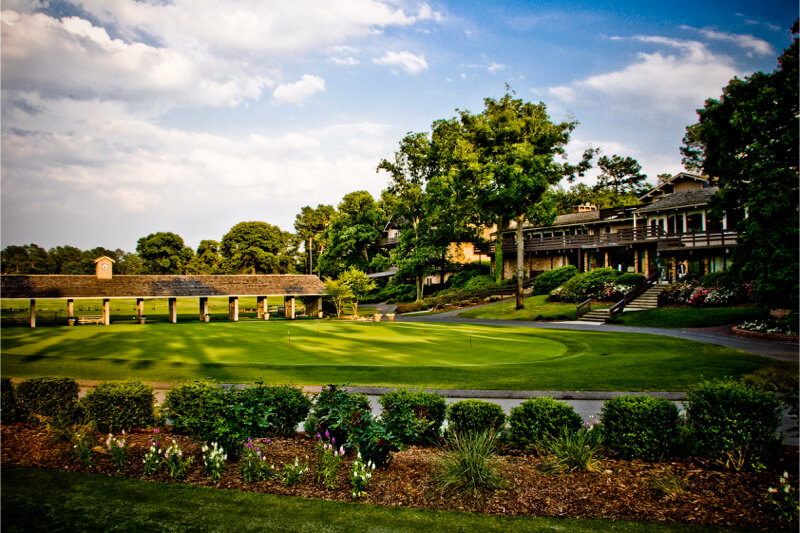
The course was hailed for its intrigue and old-world charm during the 1996 and 2001 Women’s Opens. Set at a par 70 with one par-five on each side, the course yielded low scores to the respective winners—Sorenstam at 8-under and Webb at 7-under. Only one other player in those two events broke par, that being Kris Tschetter’s 278 total in ’96.
“What’s remarkable is the two best players at the time won, and they won by a lot,” noted Pat McGowan, Peggy’s son-in-law and a former PGA Tour player. “What that showed us, and it’s a real compliment, is the course was very difficult, but if you get the best player in the world on fire, you can still shoot amazing scores. It can be done, but you’d really better be right on.”

One golfer quietly developing an affinity for Pine Needles and maturing as her golf career evolved during those two Women’s Opens was Cristie Kerr. The Miami native took low amateur honors as an 18-year-old in ’96 and tied for fourth in ’01 during her fifth year on the LPGA Tour. By late June of 2007, when the curtain lifted on the third installment of the Pine Needles-Women’s Open chapter, Kerr had collected nine tournament victories but was tagged with a “best player yet to win a major” albatross. She was 29, newly married and had learned to manage her prodigious length, deft putting stroke and fiery emotions. Kerr found a soothing karma in the Sandhills.
“When I stepped on the grounds this week, it was just magic,” she said at the time. “Some things are just meant to happen.”
Kerr drilled an 18-foot birdie putt on the 14th hole in the final round to take the lead from Lorena Ochoa, the top-ranked player in the world, and then held on during the homestretch to post a final-round 70, a total of 279 and a two-shot win over Ochoa and 18-year-old Angela Park.
“We have never seen her this at ease,” caddie Jason Gilroyed said. “She loves it here. Last year she said, ‘If I am going to win my first major, it’s going to be at Pine Needles.’”
“I’m going to give this trophy a very, very special place in my house,” Kerr said. “I might even build some lights and stuff around it.”

Now the U.S. Women’s Open is returning for its fourth installment. Webb is retired from competitive golf and Kerr is essentially as well, though she was granted a special exemption into last year’s Women’s Open at the Olympic Club. But Sorenstam will be in the field, thanks to her victory in the U.S. Senior Women’s Open last August.
“I never really thought I’d play in an Open again, but everything fell into place,” Sorenstam said. “Pine Needles is such a special place to me. I had something of a mother-daughter bond with Peggy. I am so thankful for what she did for me — from helping my golf game to teaching me about dealing with the ups and downs of life.”
Read more:
Lee Pace has written about the Pinehurst-area golf scene for more than 30 years, including authoring “Sandhills Classics—The Stories of Mid Pines & Pine Needles.” Write him at leepace7@gmail.com and follow him @LeePaceTweet.
Other Blogs
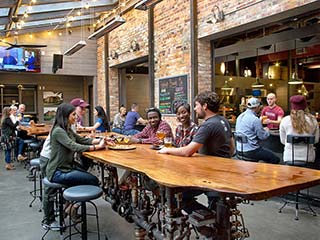
10 Great Things To Do
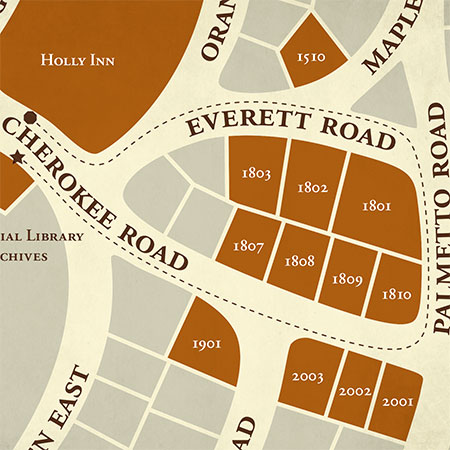
Discover The Path To Pinehurst’s Past
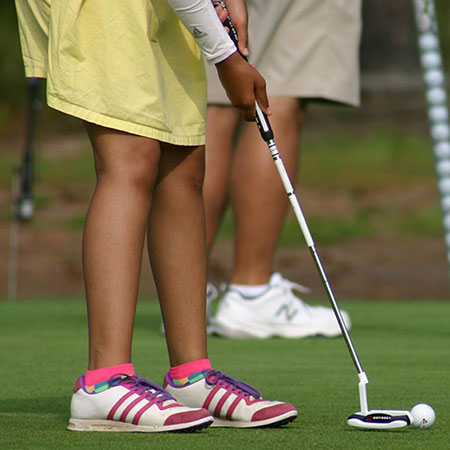
Insider Golf Tips
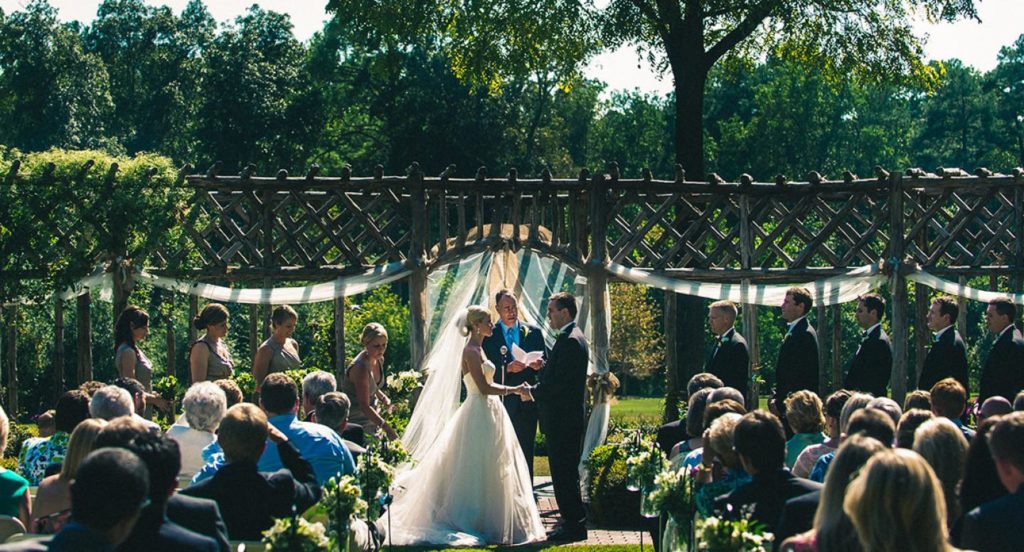
Unique Wedding Venues

North Carolina Couples Vacation
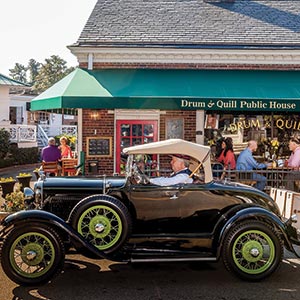
Our Favorite 19th Holes in the Home of American Golf
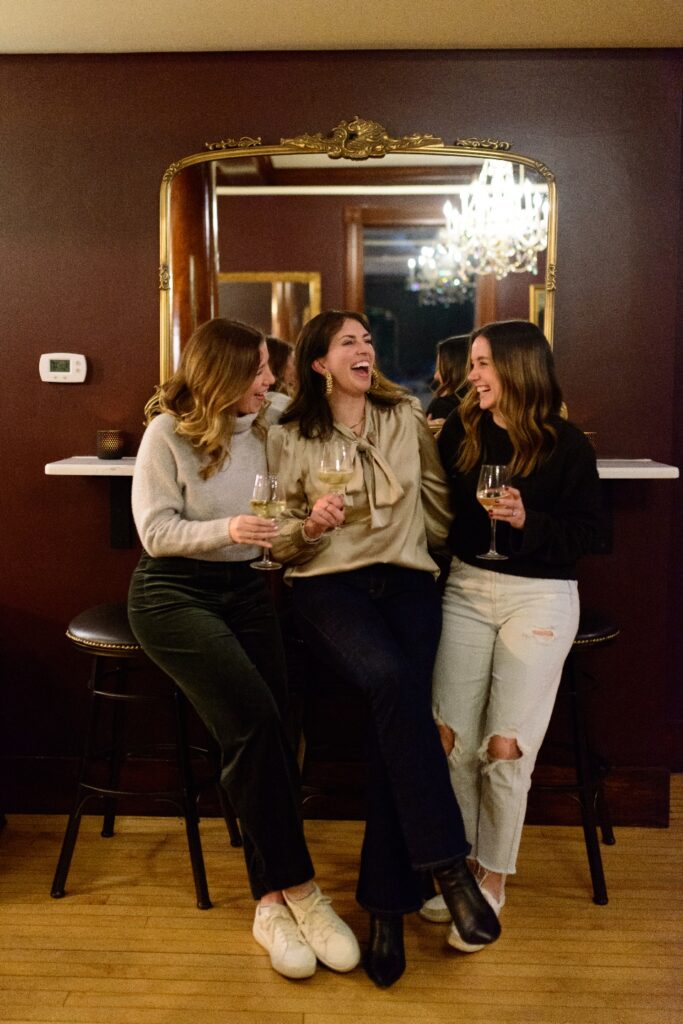
Girlfriend Getaways
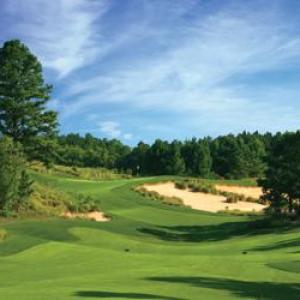
Tobacco Road: A Truly Unique Golf Adventure
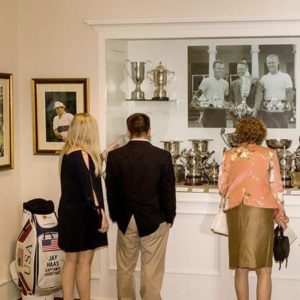
Carolinas Golf Association Hall of History

Where the Ladies Golf
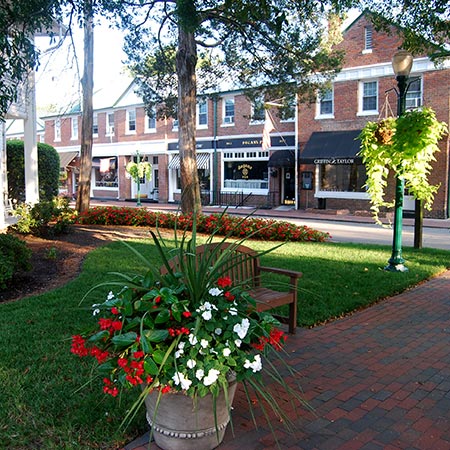
Romancing Pinehurst
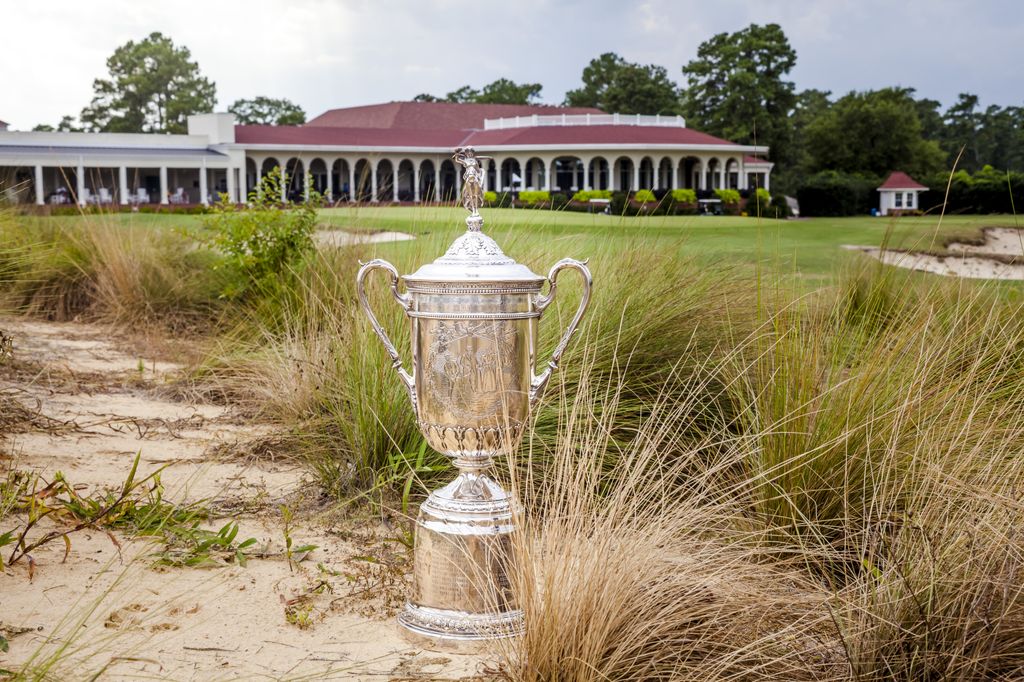
Home of American Golf and U.S. Open Connections
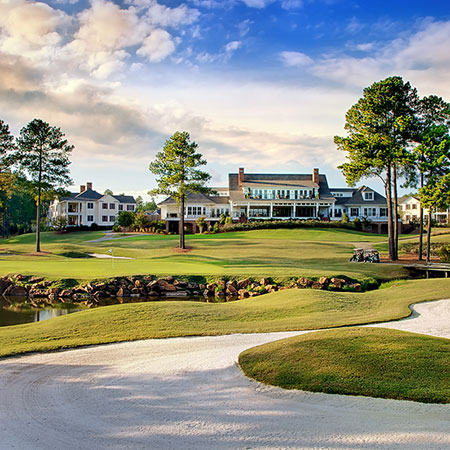
Former U.S. Open Champions Provide Pinehurst Area Some of Its Finest Designs

Donald Ross First of Many Architects to Design U.S. Open-Quality Courses in Sandhills
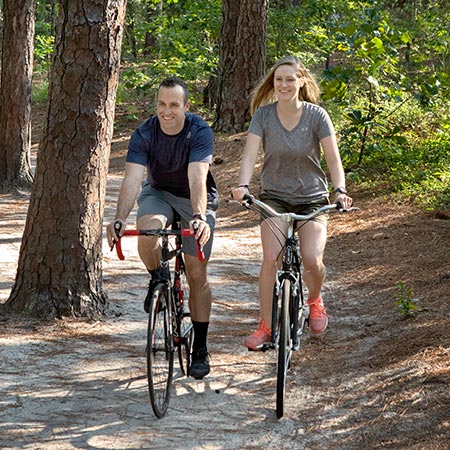
Sandhills Offers Outstanding Variety of Outdoor Activities
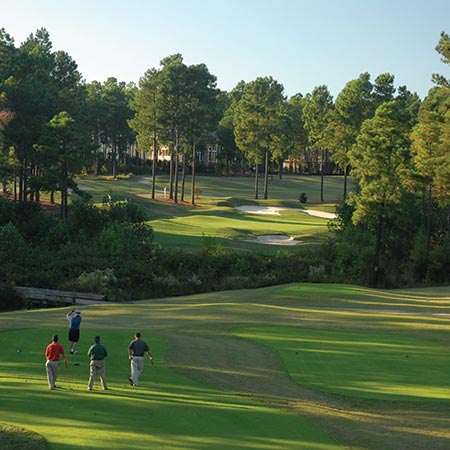
Buddy Golf Trip
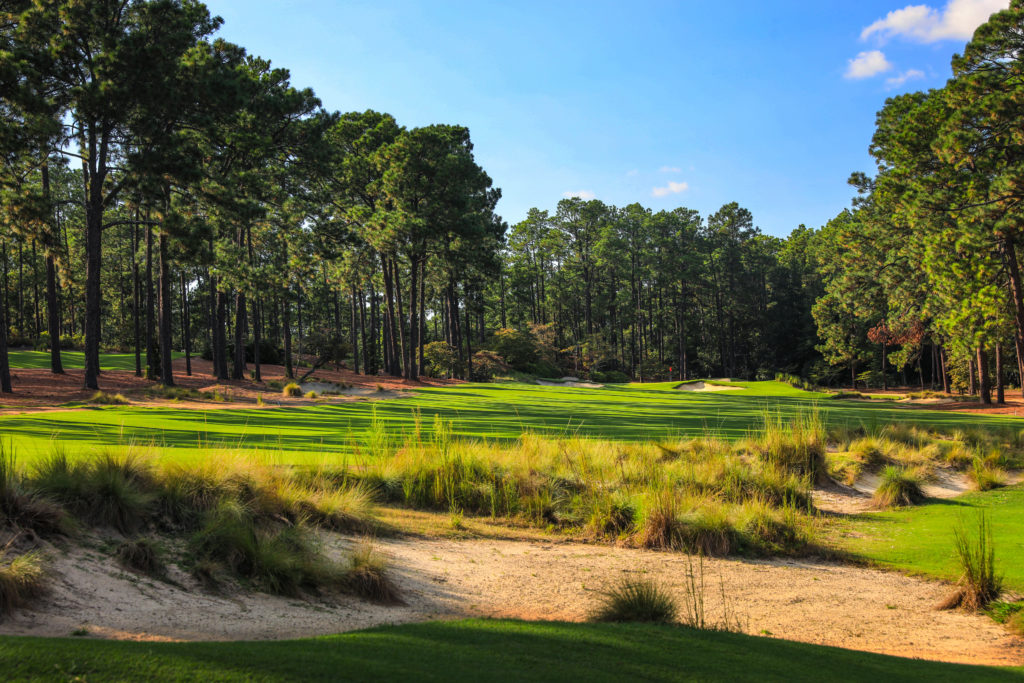
18 Holes of Local Knowledge for the Sandhills Golfer
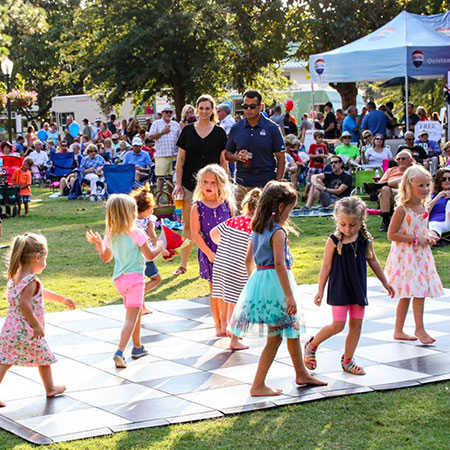
The Family Fun Trip
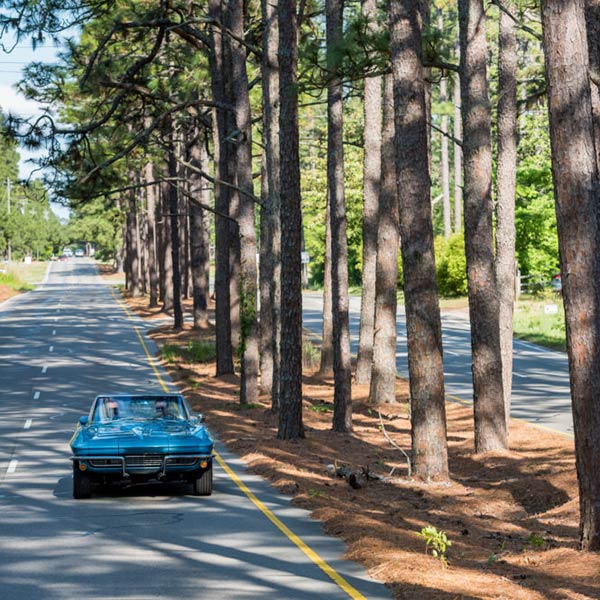
Midland Road: The “Fifth Avenue of Golf”
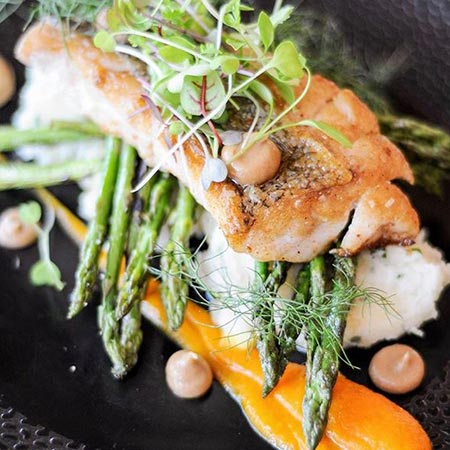
Collards, Community and Collaboration
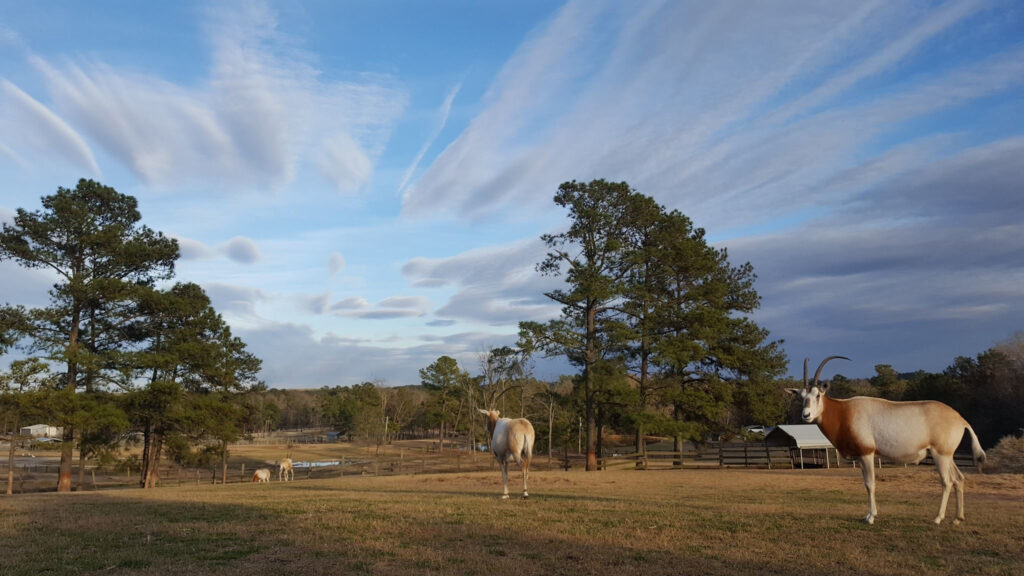
10 Little-Known Facts About North Carolina’s Pinehurst/Southern Pines Region
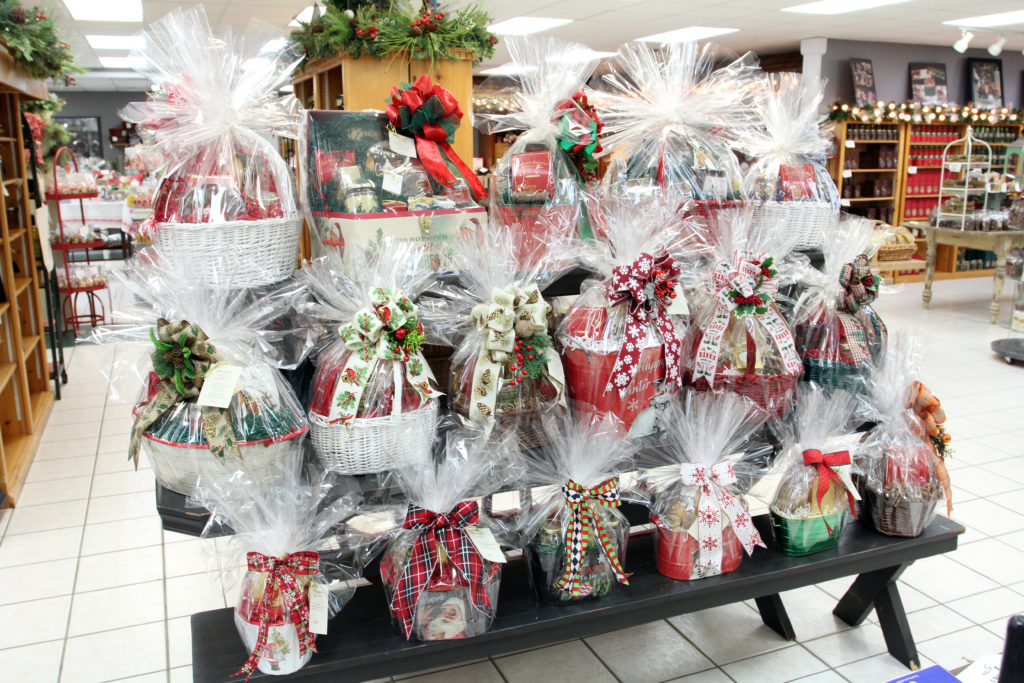
Sandhills Holiday Gift Guide
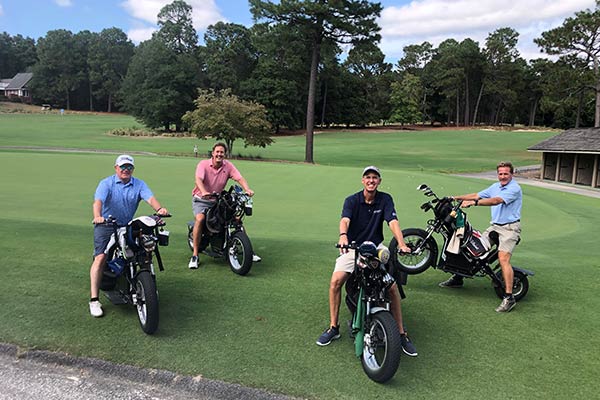
Spring Primer: Local Knowledge from the Home of American Golf
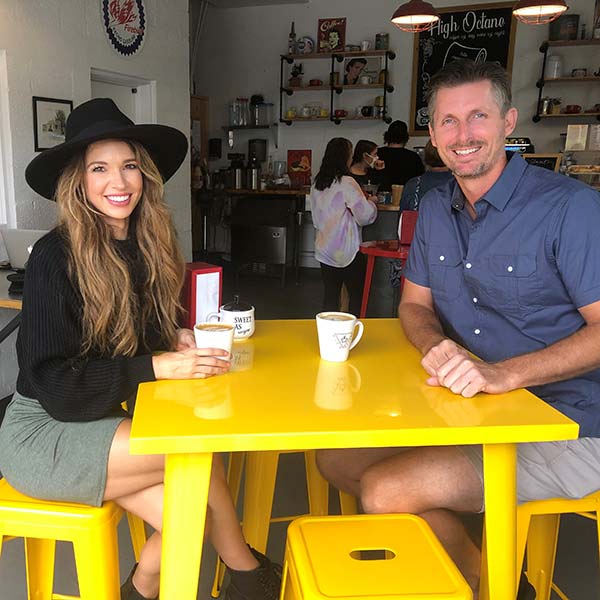
Our Favorite Coffee Shops in the Sandhills
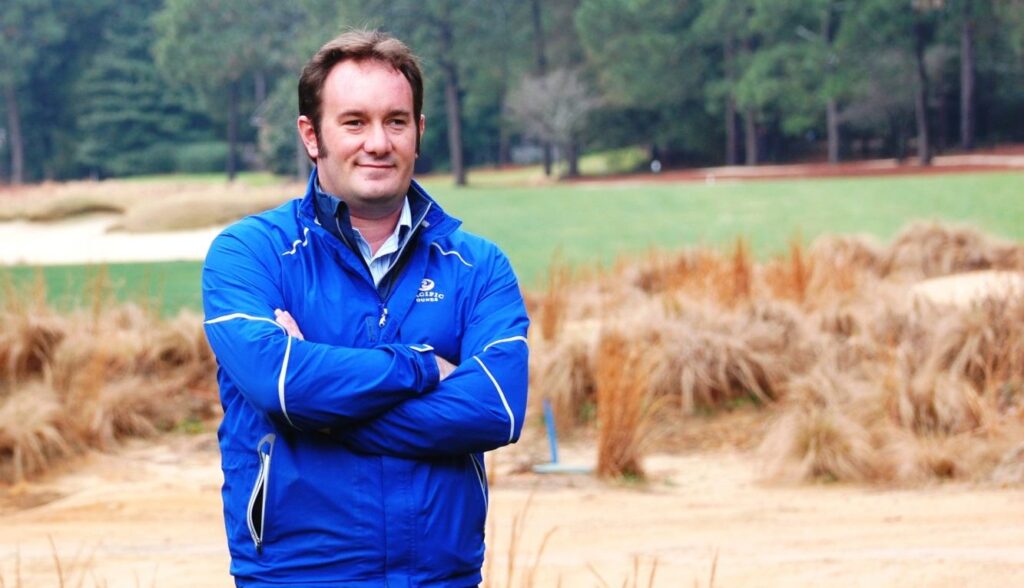
Franz Creating Legacy on the Links
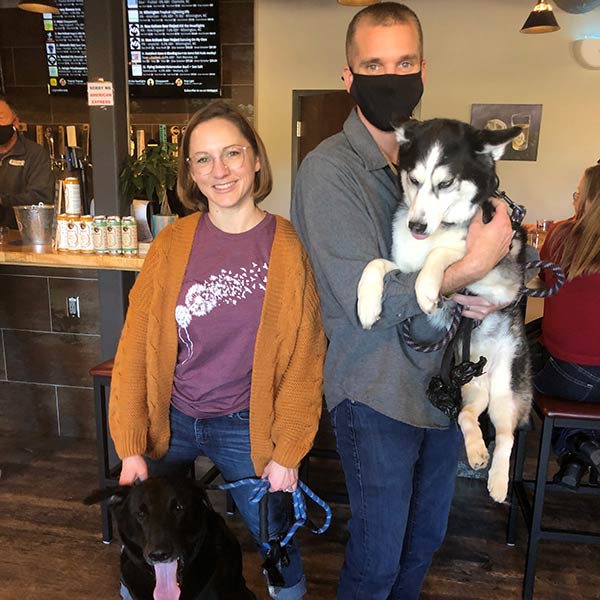
Bring Fido! Pet-Friendly Finds Among the Pines
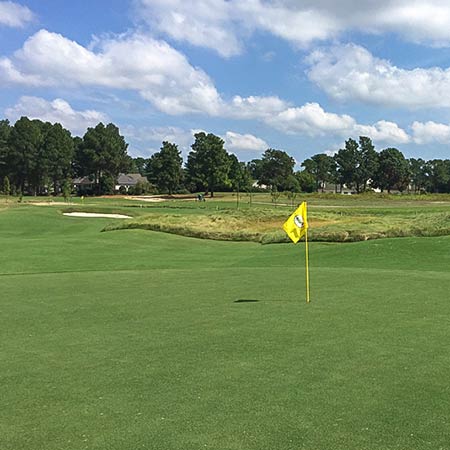
Bottlebrush: Pinehurst Area’s Best Kept Secret
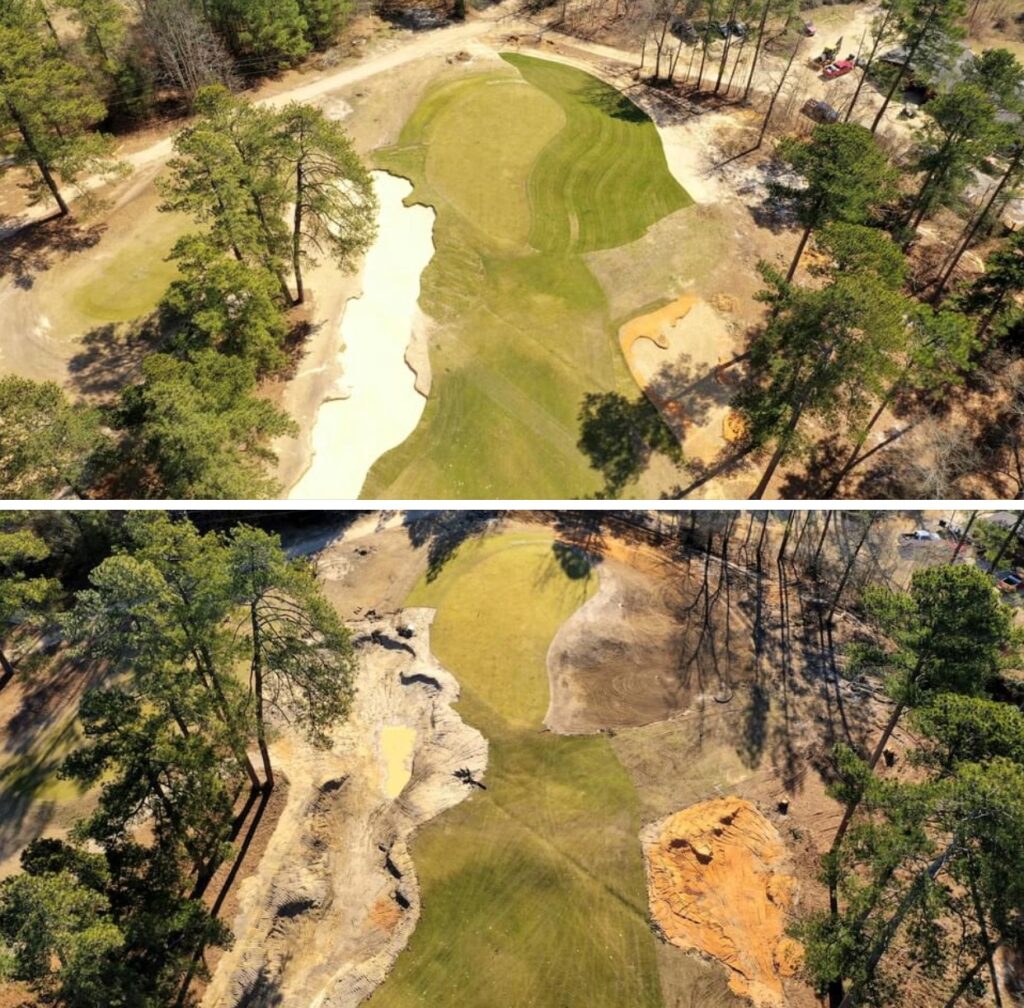
Franz Part 2: The Legacy Continues

Why Visit Pinehurst If You Don’t Play Golf?

First Timer’s Guide to Pinehurst
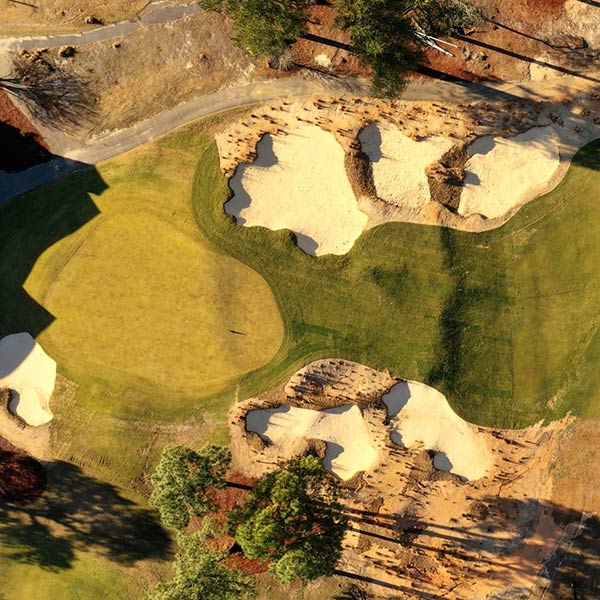
Franz Part 3: On Sandhills Topography
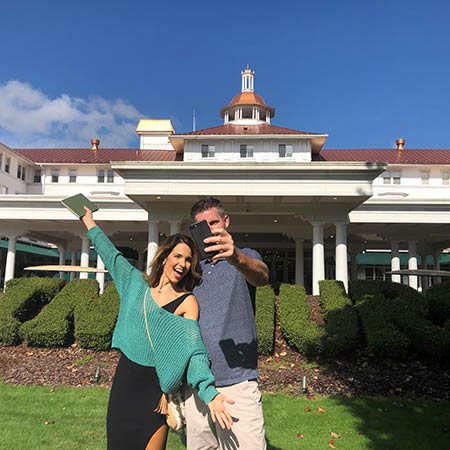
Top 10 Places for a #Sandhills Selfie
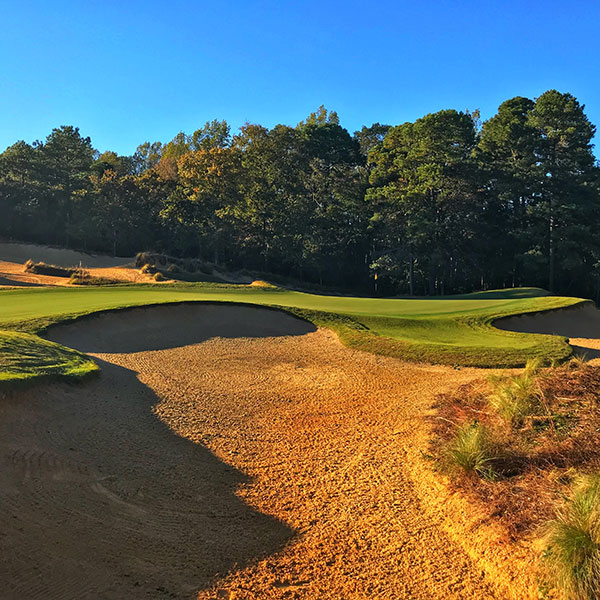
“Bermuda Revolution” Around Sandhills Leads to Ideal Year-Round Golf

Hunger Games – Sandhills Golfers Dining Guide
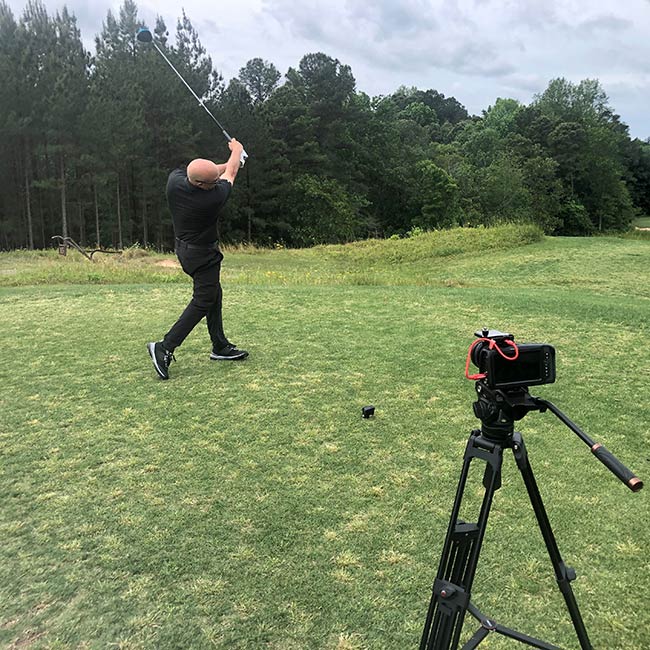
Episode 1: Golf Tips with Nick Bradley

Episode 2: Golf Tips with Nick Bradley

Sandhills Embraces Walking Culture
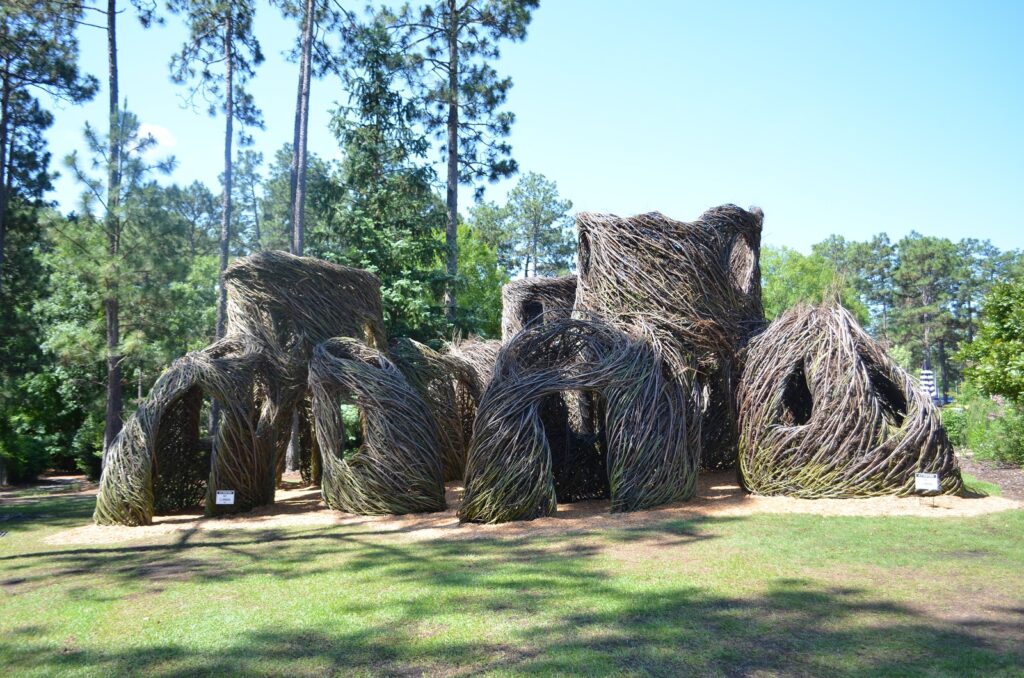
Patrick Dougherty: The Stickman Cometh

Dining A to Z

Fall Renewal in the Sandhills

Pinehurst’s Ryder Cup 1951

No. 2 Celebrates 10 Years

2004 Ryder Cup That Wasn’t
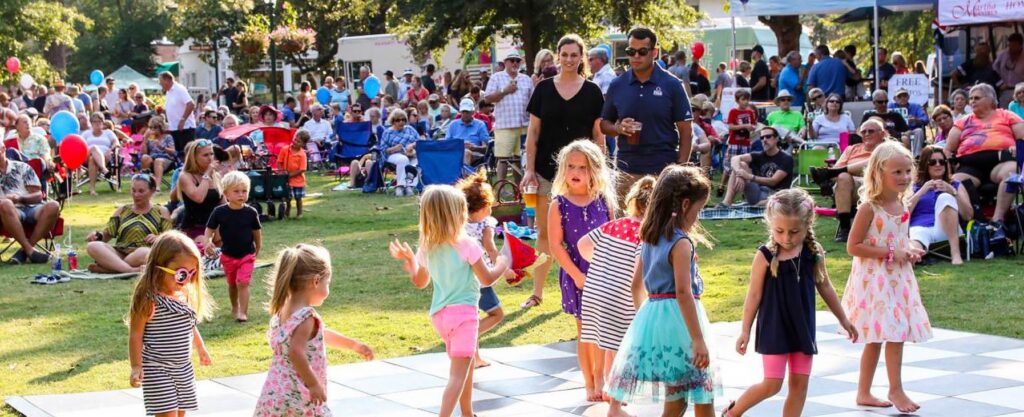
Family Fun in the Sandhills
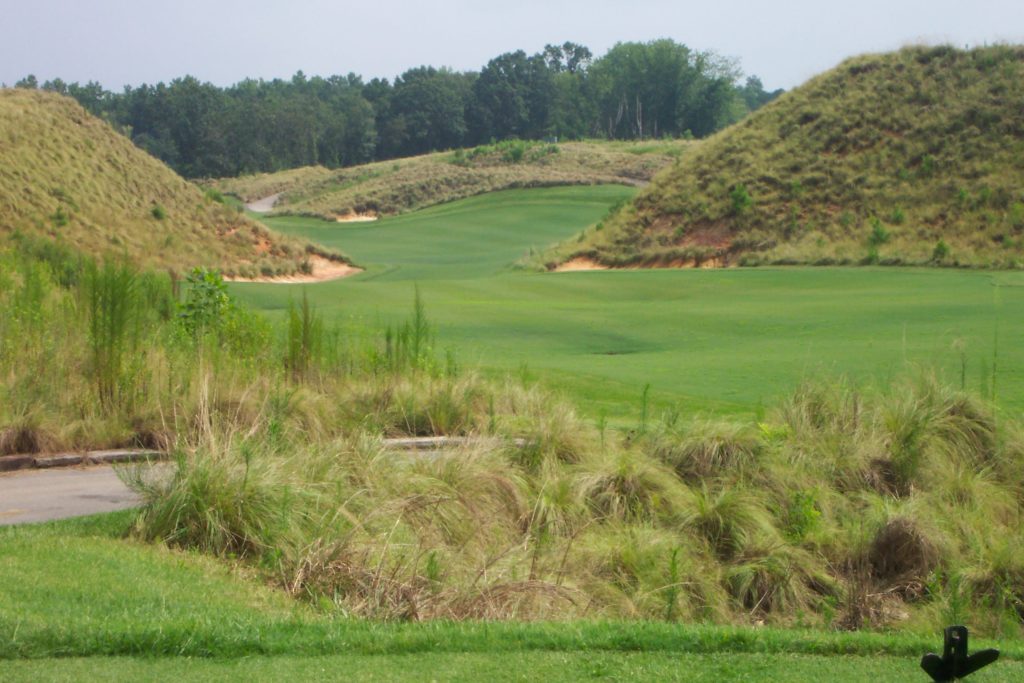
Remarkable Golf Stays in The Pinehurst Area

Couples Weekend Getaway Ideas

Nature’s Canvas: Tobacco Road

Perfect Getaway to Southern Pines
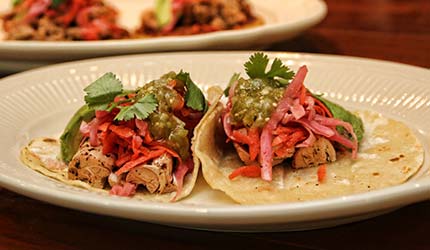
Culinary Discoveries in the Sandhills of N.C.
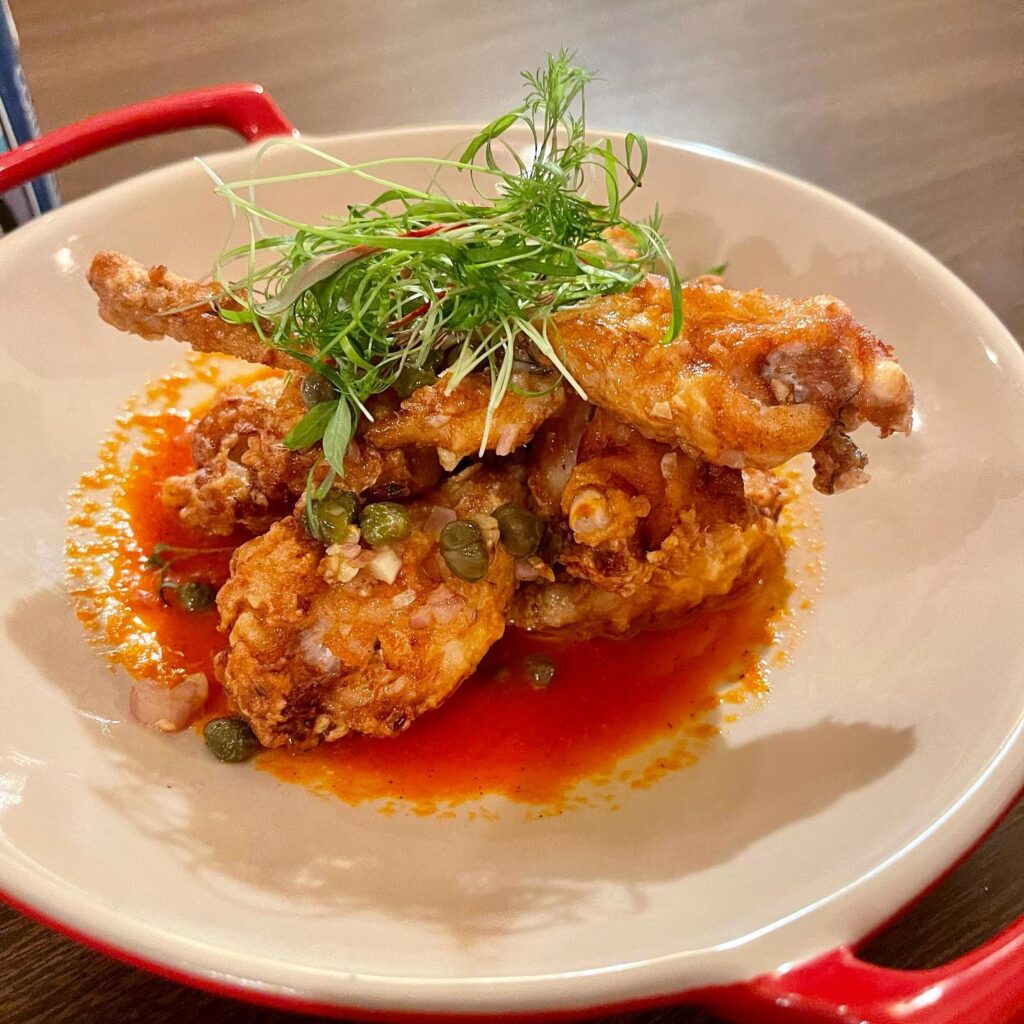
Restaurant Roundtable Q&A
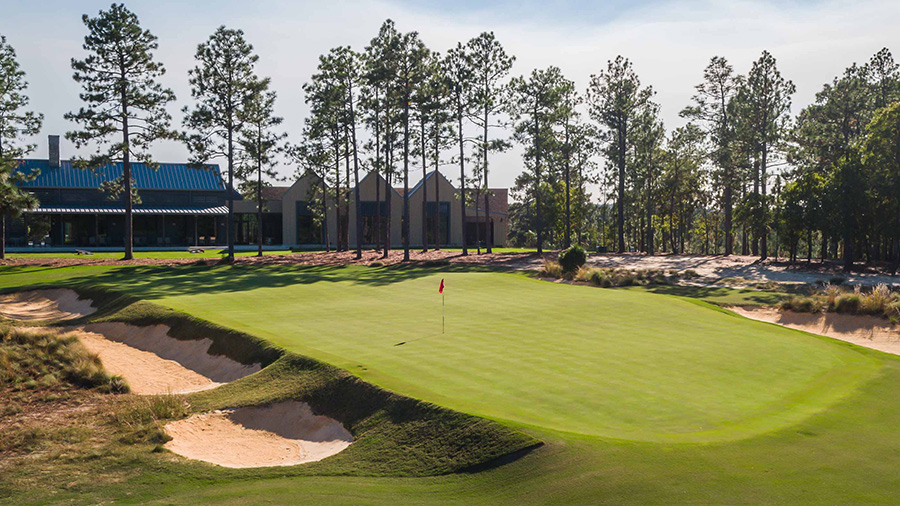
Dormie Club’s New Era
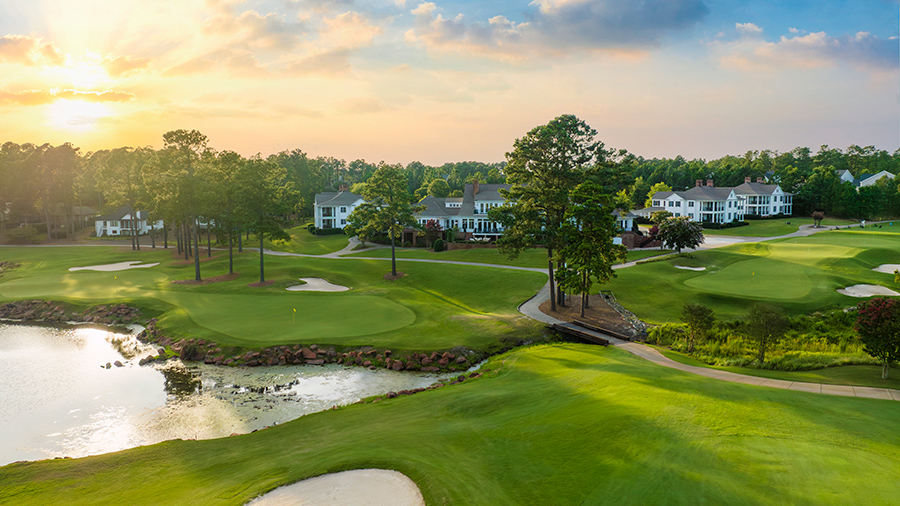
Talamore and Mid South: History of Their Own

Undiscovered Pinehurst

Off for Pinehurst
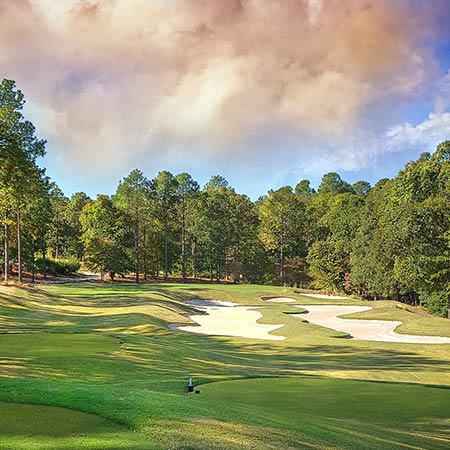
Talamore Doing More for 2022
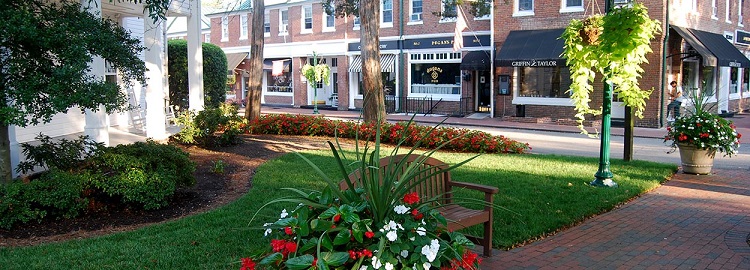
Romantic Gift Ideas In Pinehurst Area

Foodie Weekend in the Sandhills
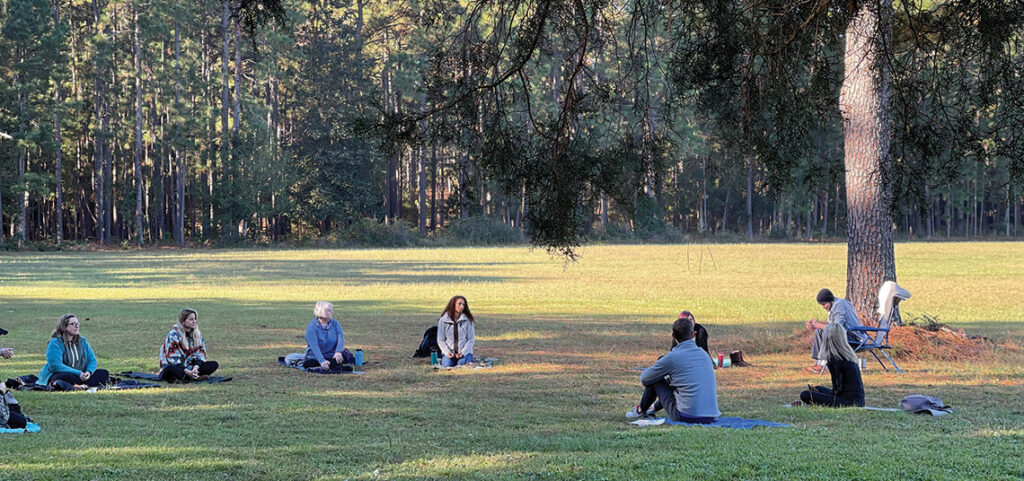
Wellness in the Pines

The Military Means Business in the Sandhills
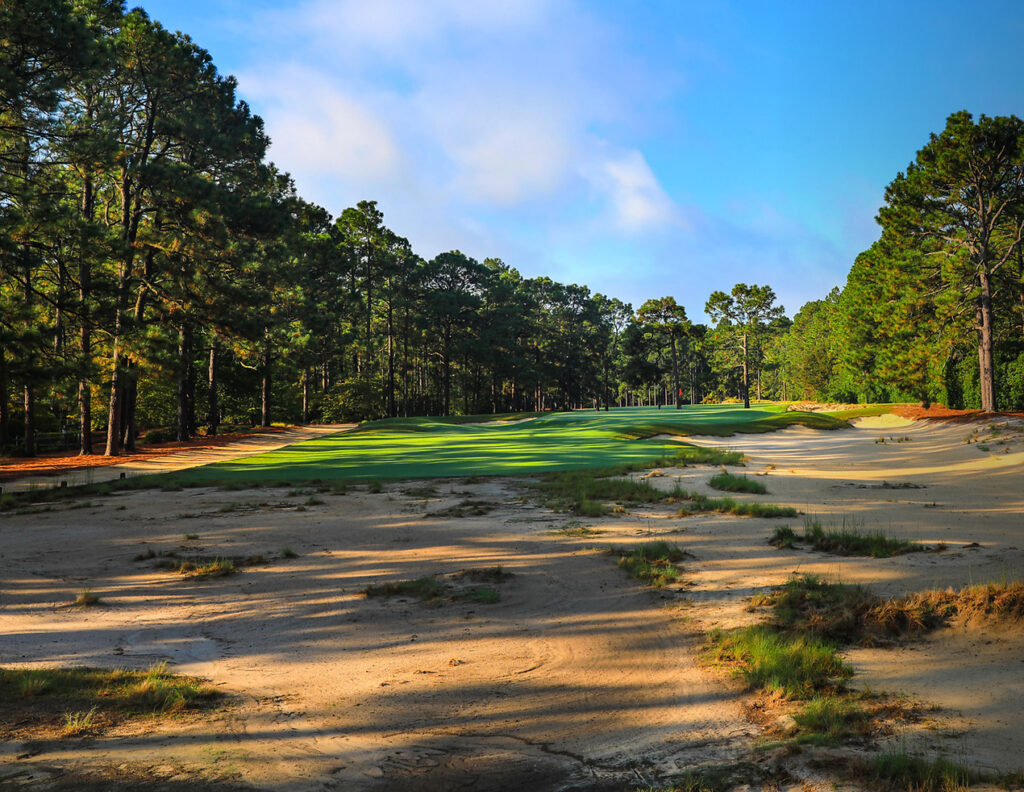
Pine Needles Goes Back in Time
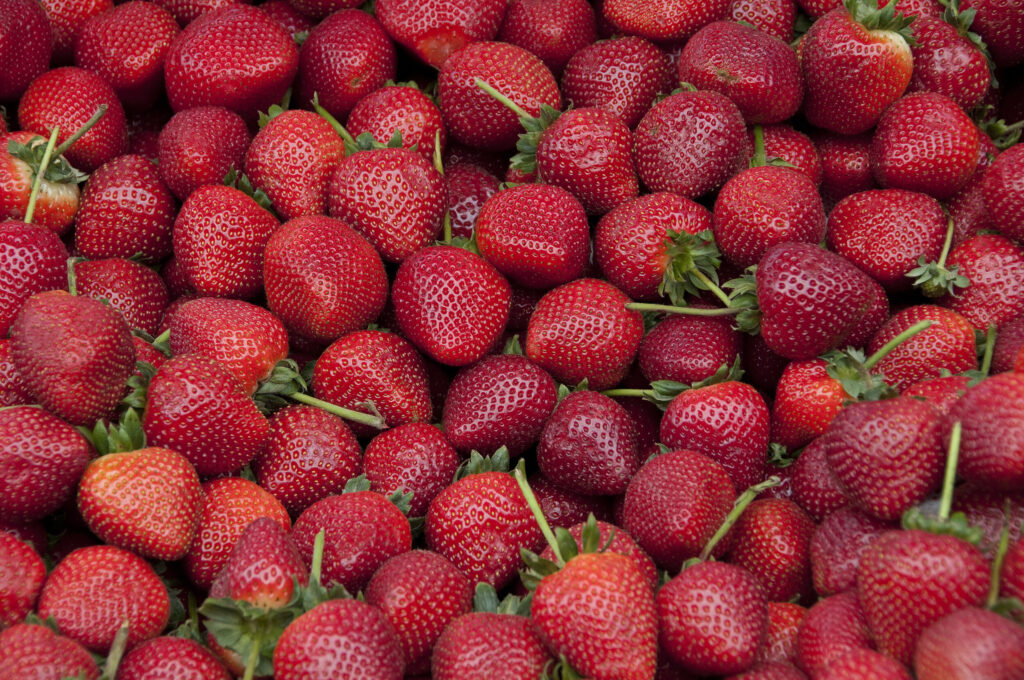
A Guide to Berry Picking in the Sandhills
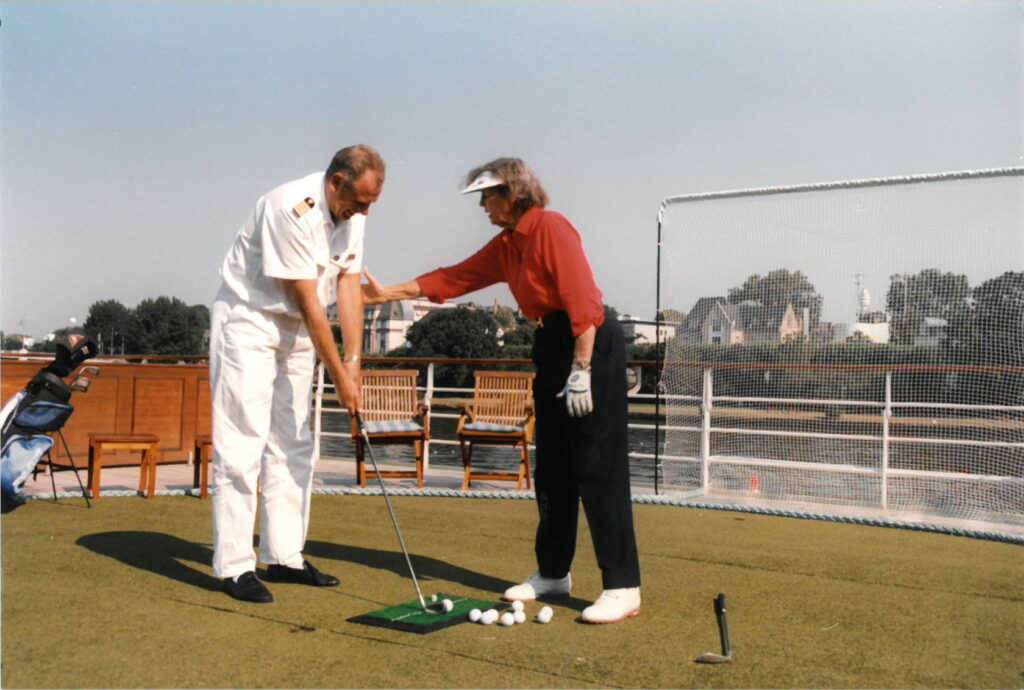
Waltzing on the Danube with Peggy Kirk Bell

From Cradle to Cradle

Donald Ross Could Golf His Ball
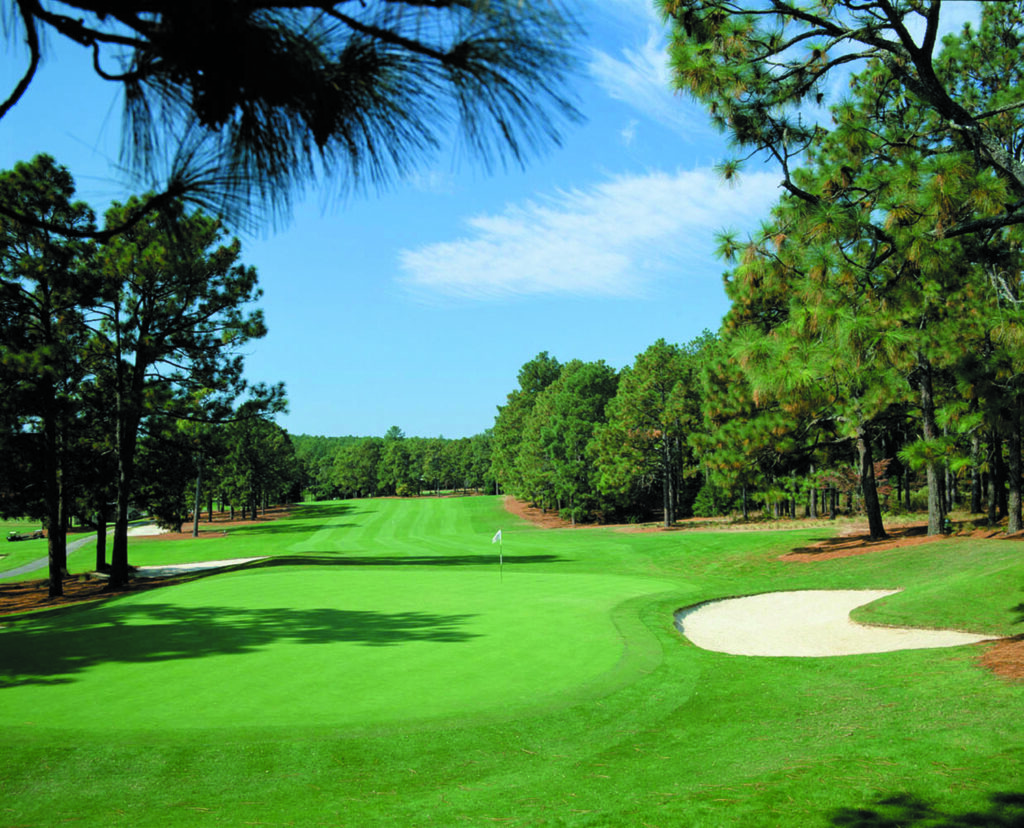
No Resting on Laurels Around the Home of American Golf
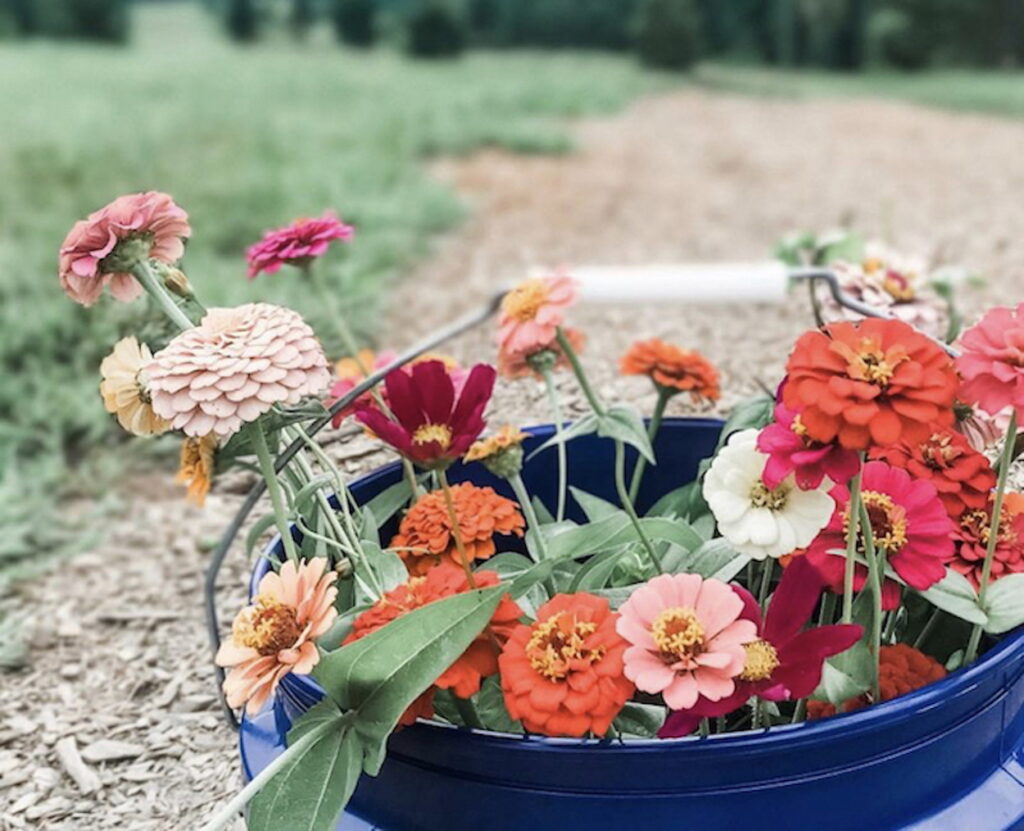
Flower Farms in the Sandhills
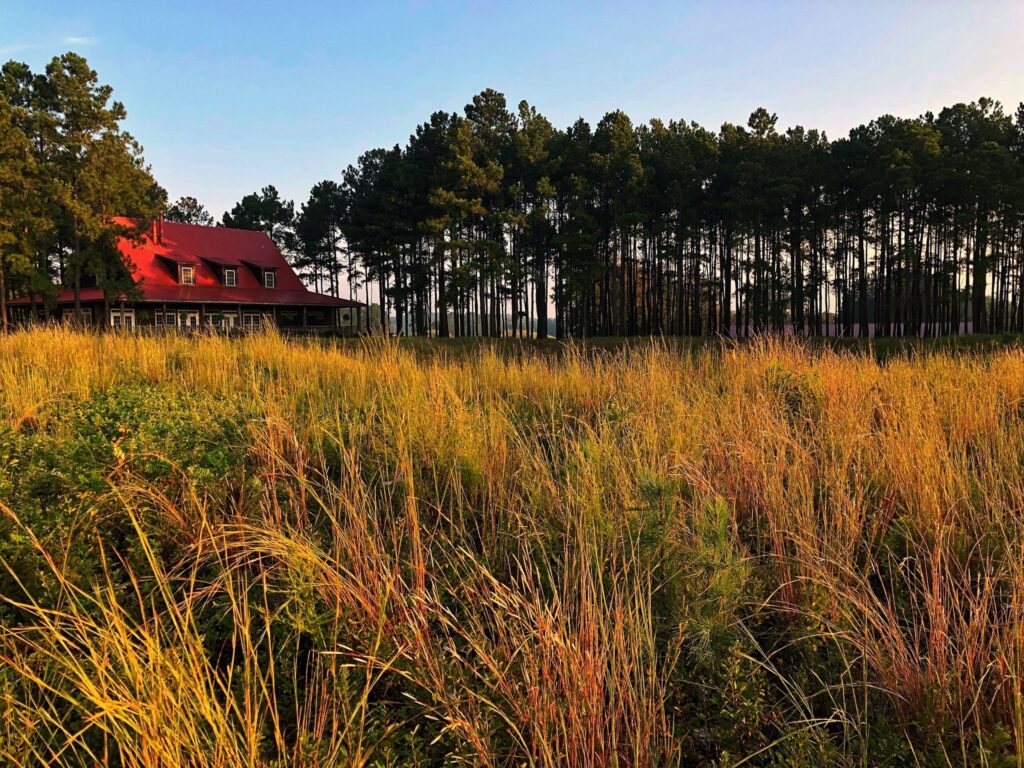
Fall into Pinehurst Golf

What Goes Around…
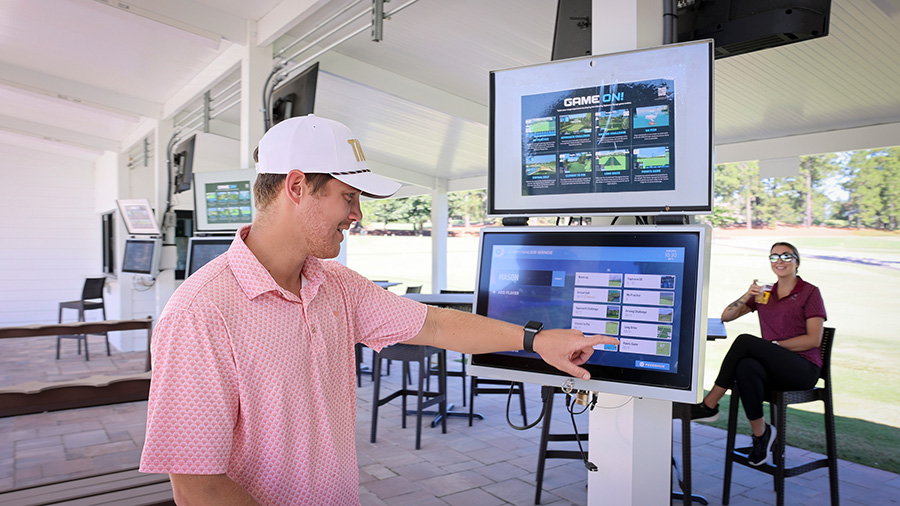
Talamore Resort Debuts New Toptracer Range

The History of the Pinehurst Inns
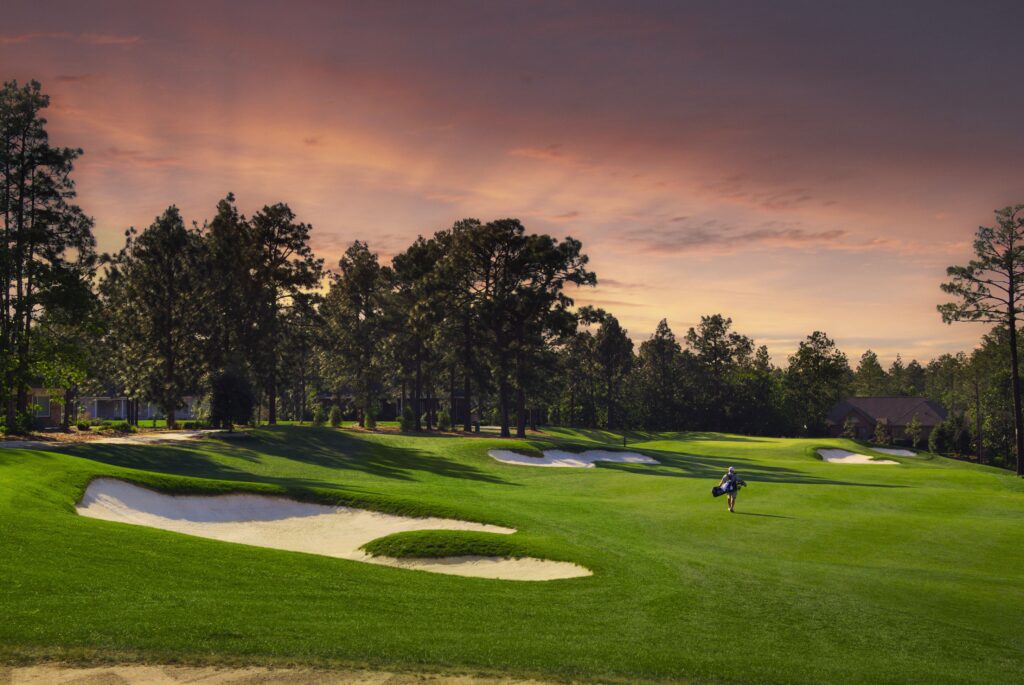
“For me, Pinehurst is such a special place for golf!”- Tom Fazio
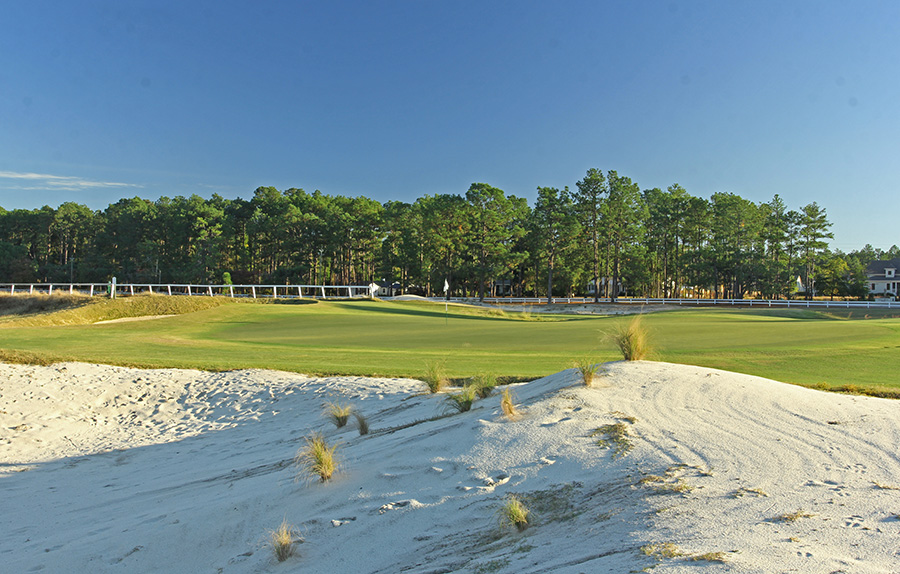
Maples Roots Run Deep in Sandhills Golf Design

New Southern Pines Mural

Pinehurst Area Buzzing with 2023 Excitement
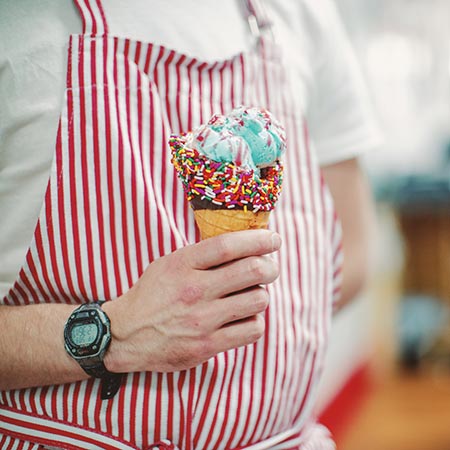
Discover the Sweetness of the Sandhills
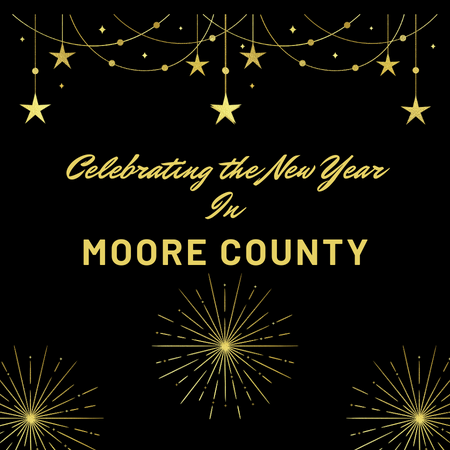
Celebrating the New Year in Moore County

The Big Three
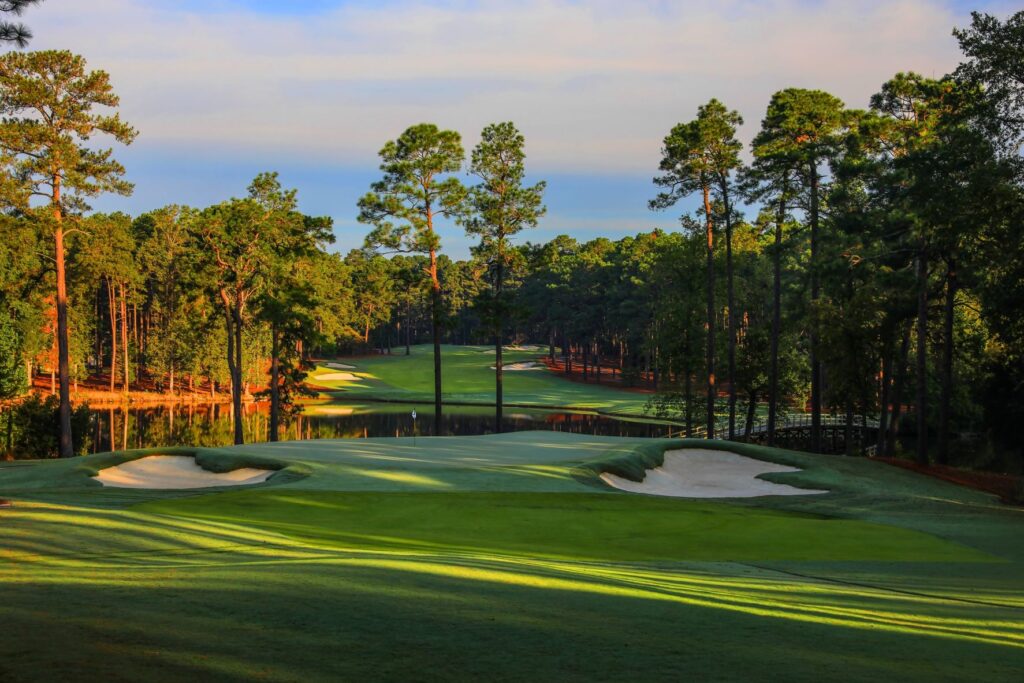
Jones Family Imprint
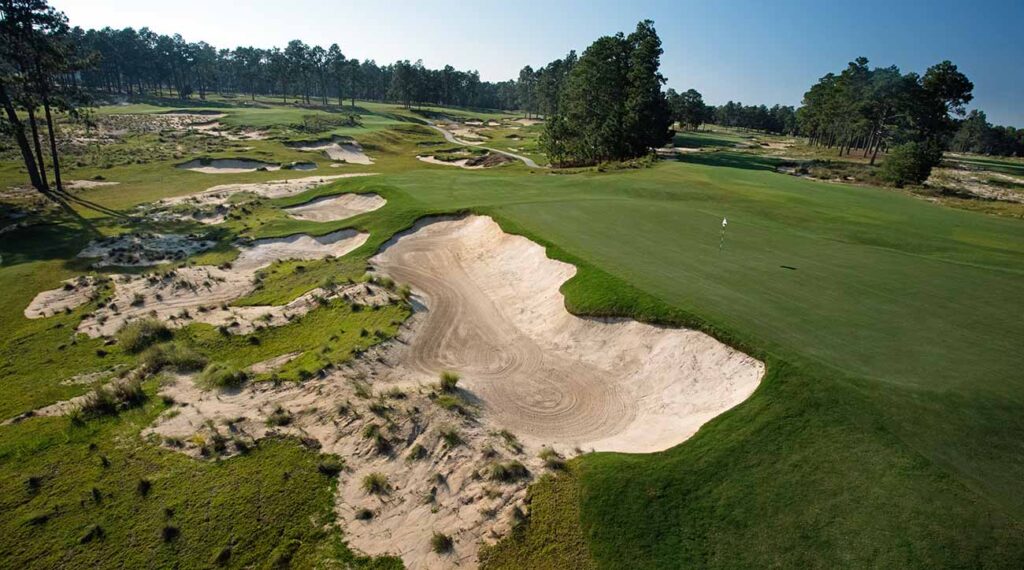
The Hanse Touch
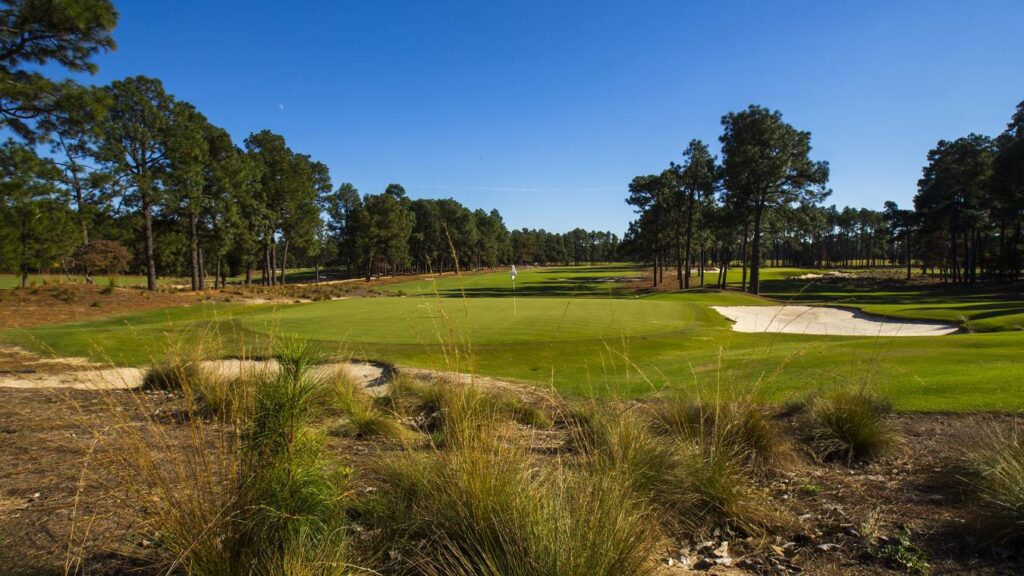
Coore & Crenshaw Roots Run Deep
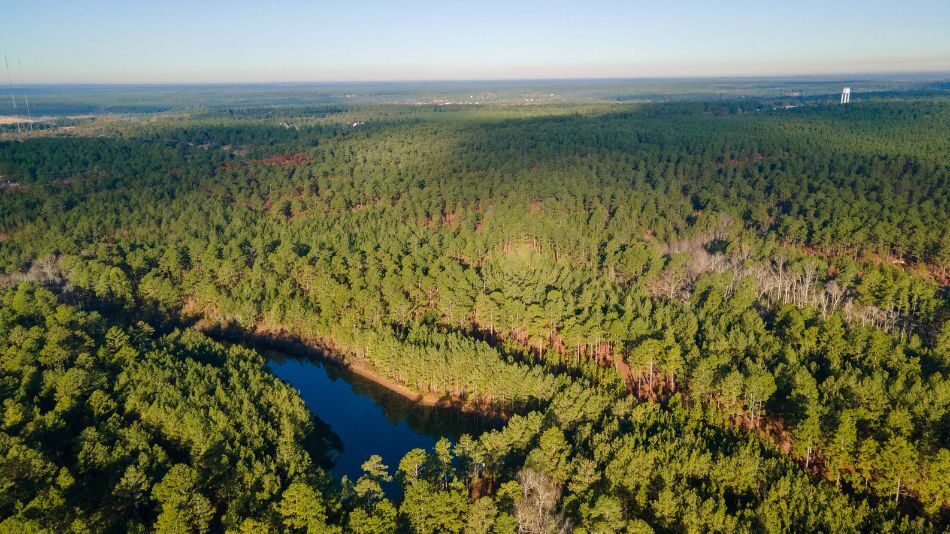
Pinehurst Resort Announces New Course to be Designed by Tom Doak
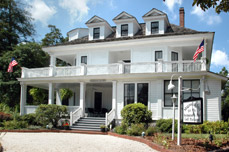
PINEHURST’S MAGNOLIA INN REOPENS
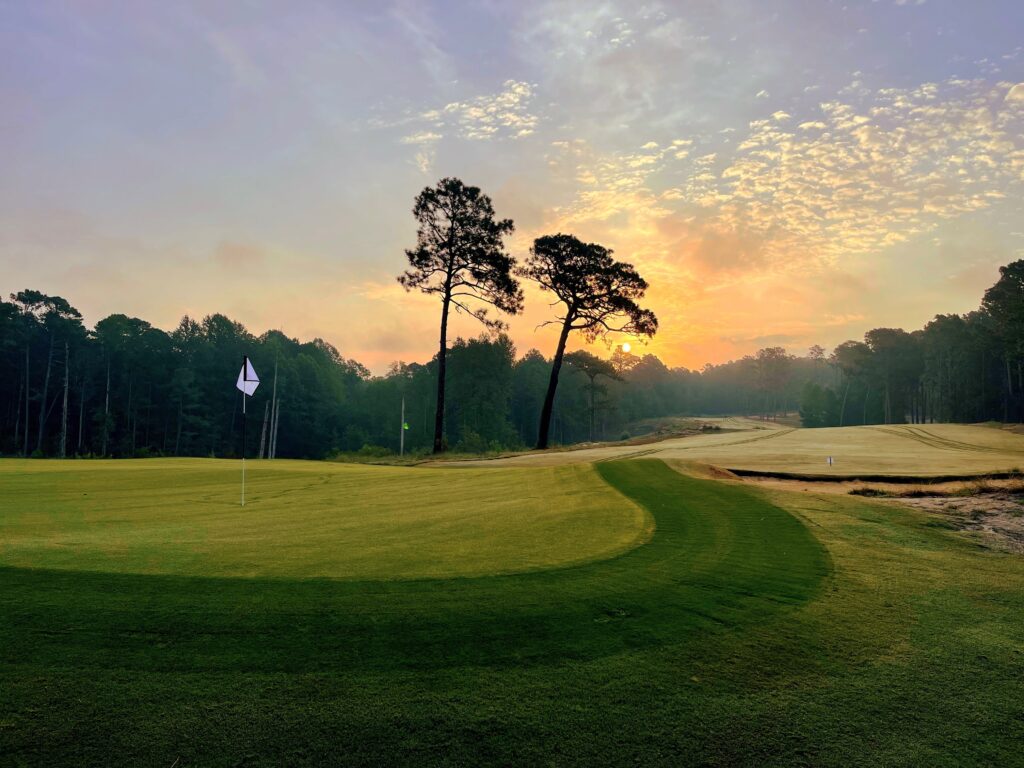
Southern Pines Golf Club Recognized
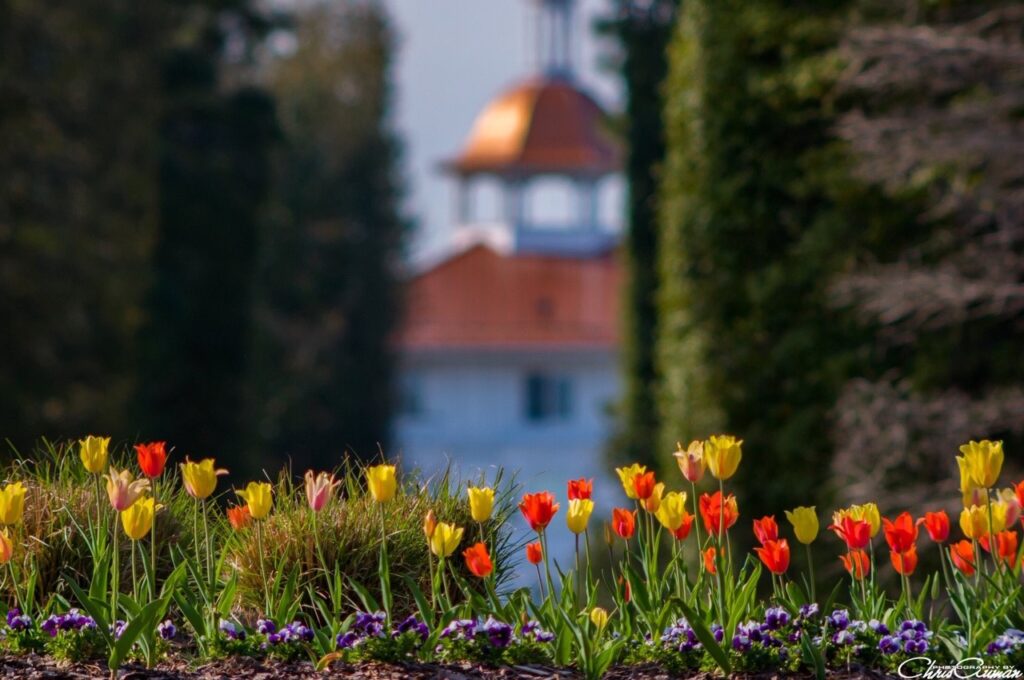
Spring in the Sandhills

Mother/Daughter Weekend in the Sandhills
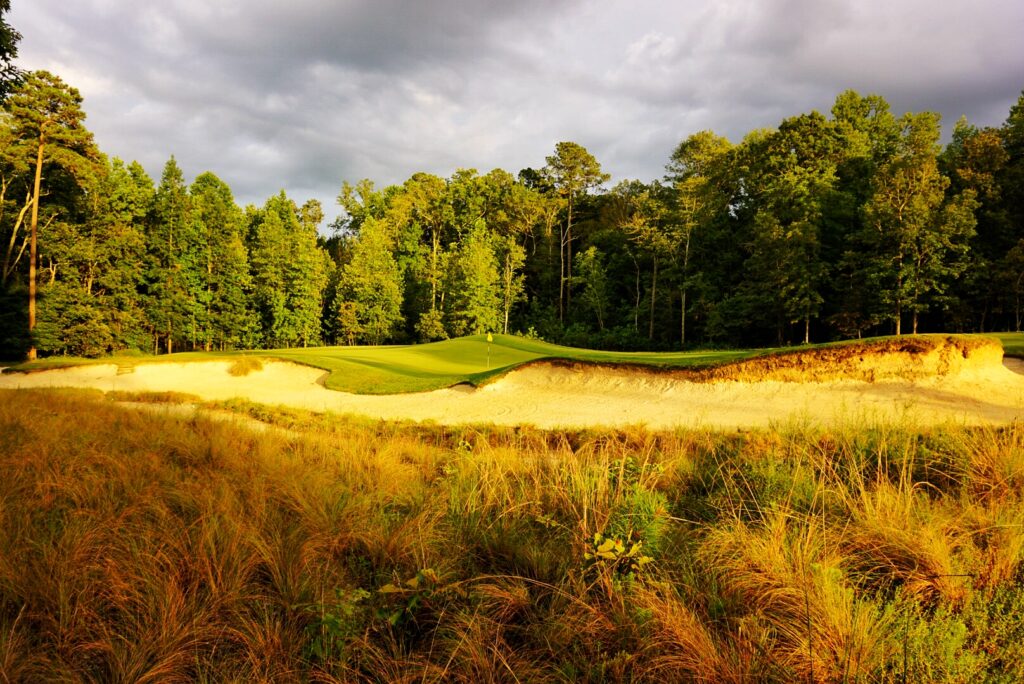
A Few of Our Favorite (Golfing) Things
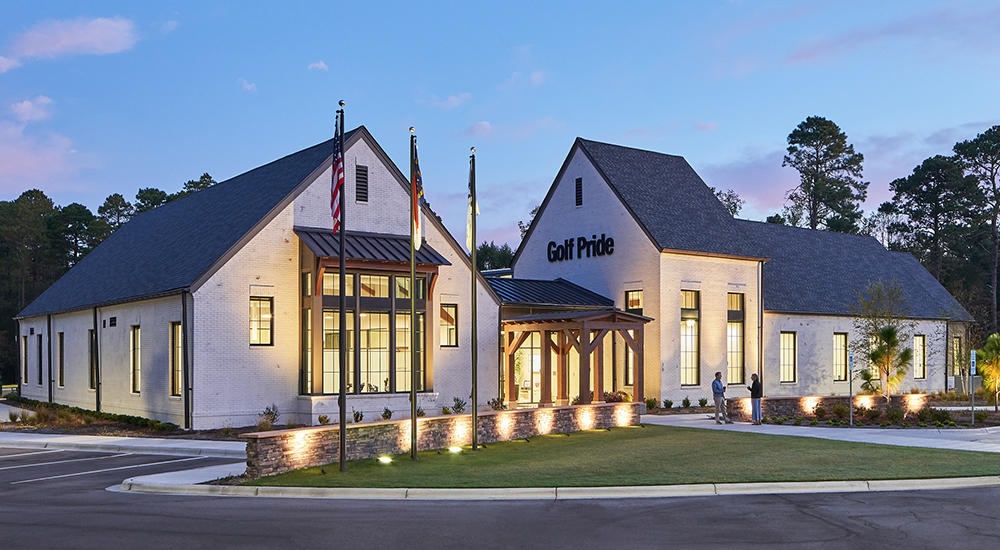
Golf Pride Retail Lab a must-see experience for your Pinehurst itinerary
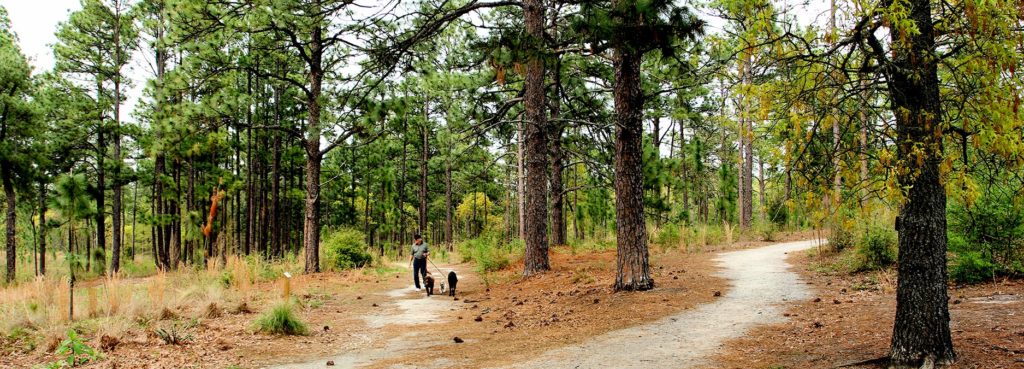
6 Trails to Explore for the Year of the Trail

Pinehurst No. 2 Still Ranked Best Course in NC

Sandhills Ecology 101
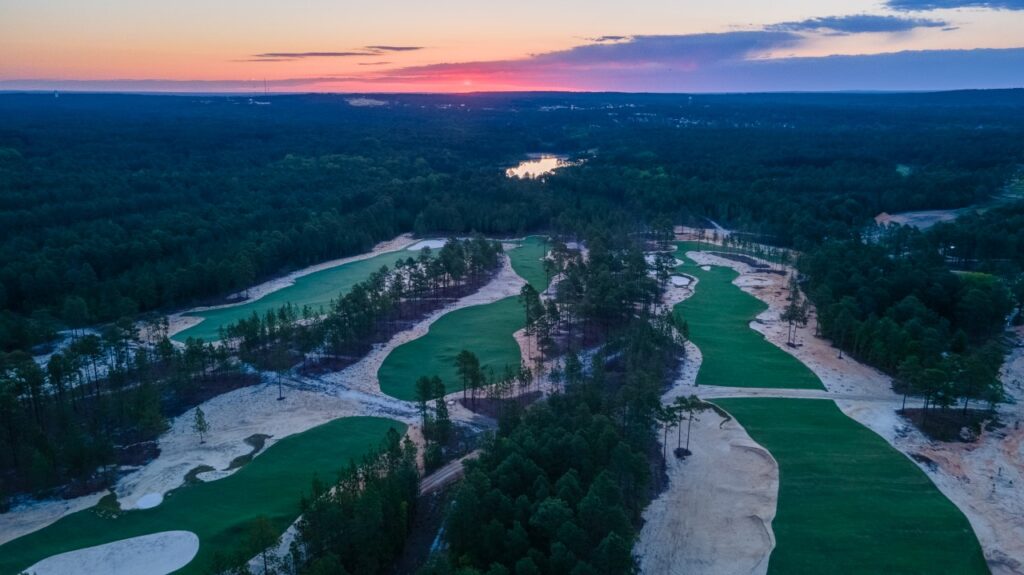
X Marks the 10-Spot

Best Date Night Ideas in the Sandhills
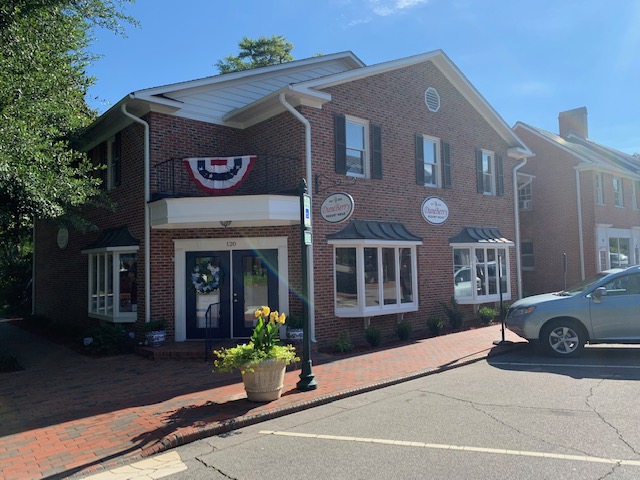
Small Towns Big Style

9 Urban Trails Around Pinehurst Area
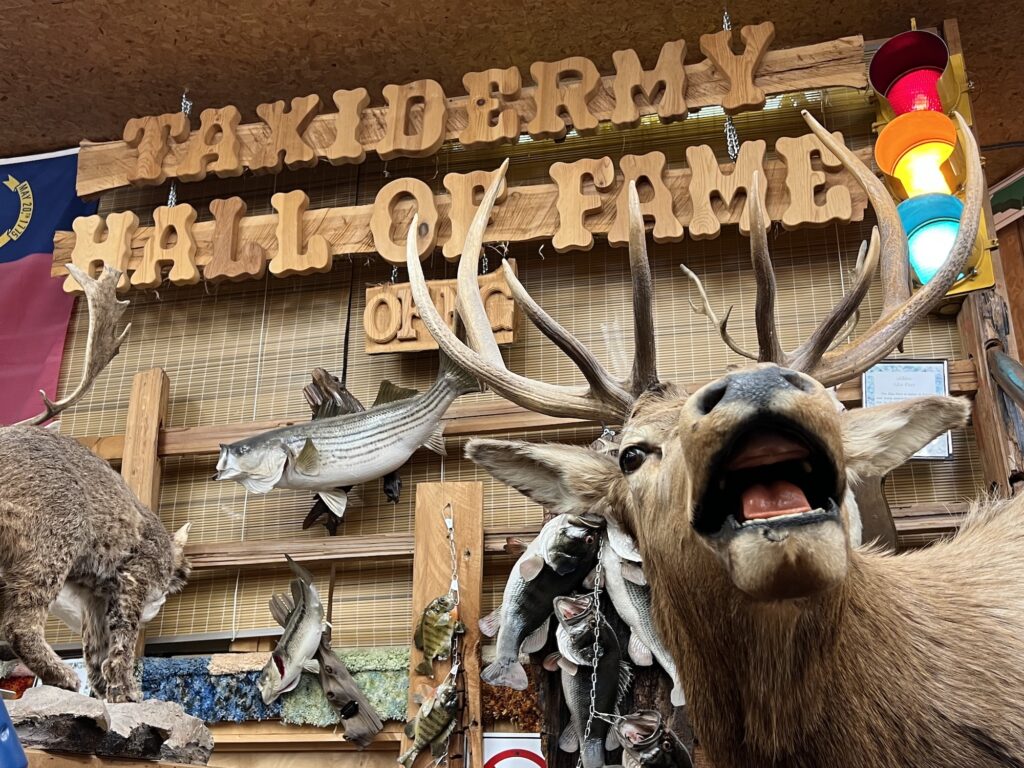
Uniquely Pinehurst

2024 U.S. Open: A Look Ahead

1999 U.S. Open: A Look Back

A Restorative Weekend Getaway at Tanglewood Farm B&B in Southern Pines
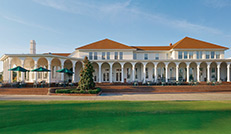
Top Things To Do On A Long Weekend

Independence Day in the Sandhills
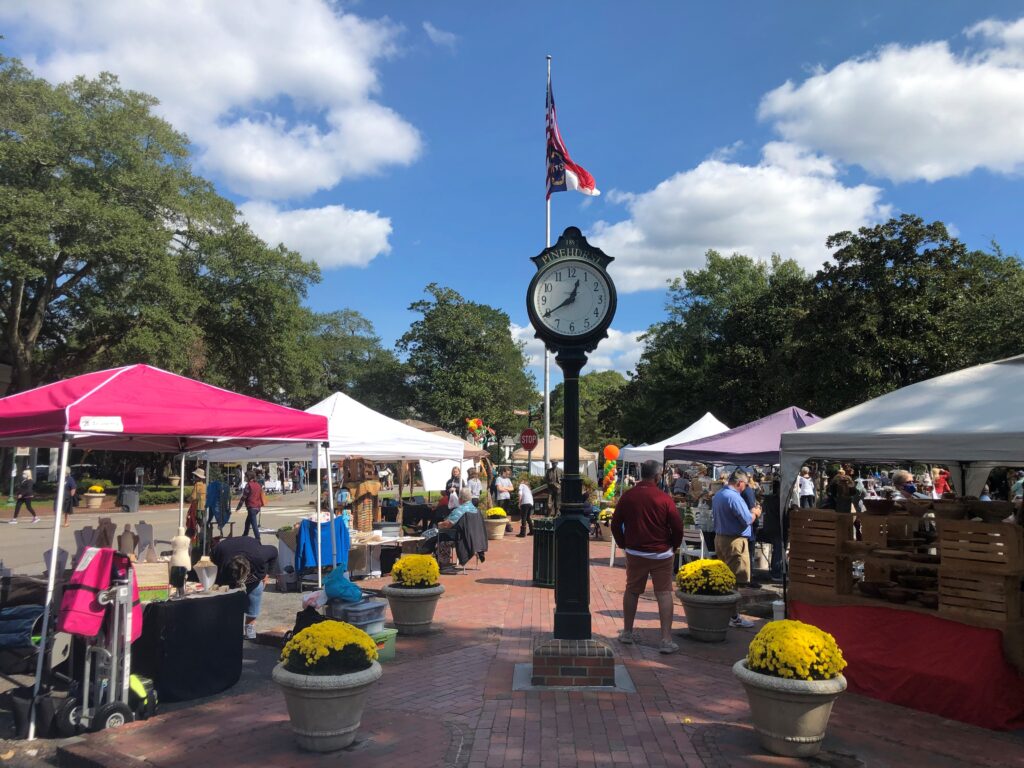
Fall Events Around the Sandhills

Celebrating NC Peaches

Kid You Not
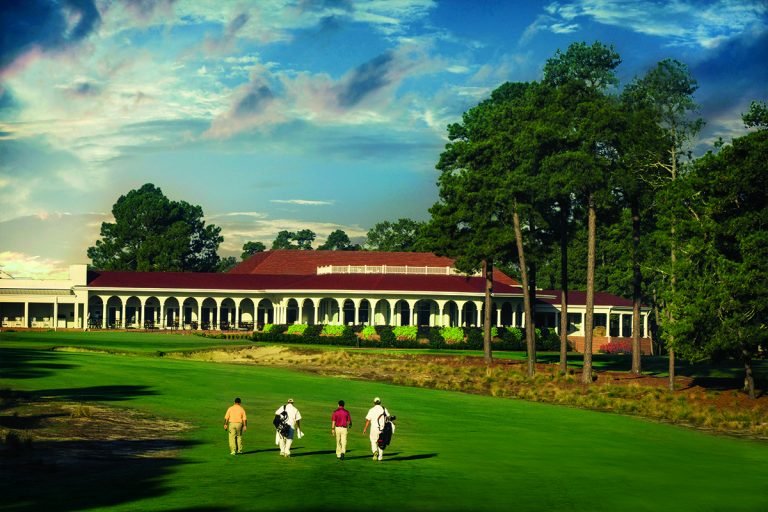
Sleepy Summers No More
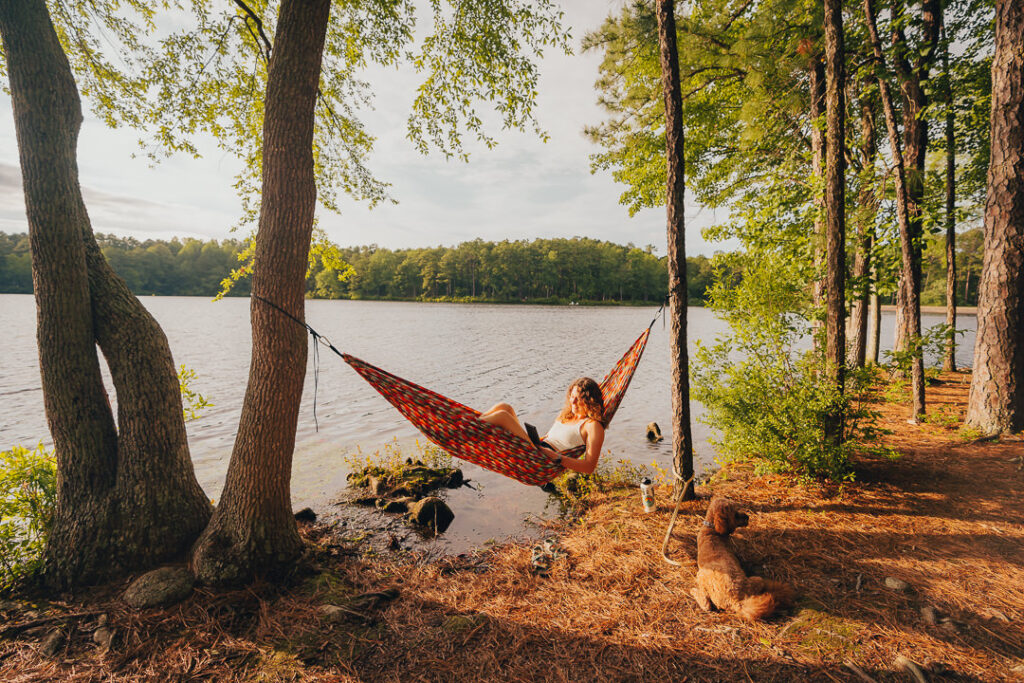
Getting Outside
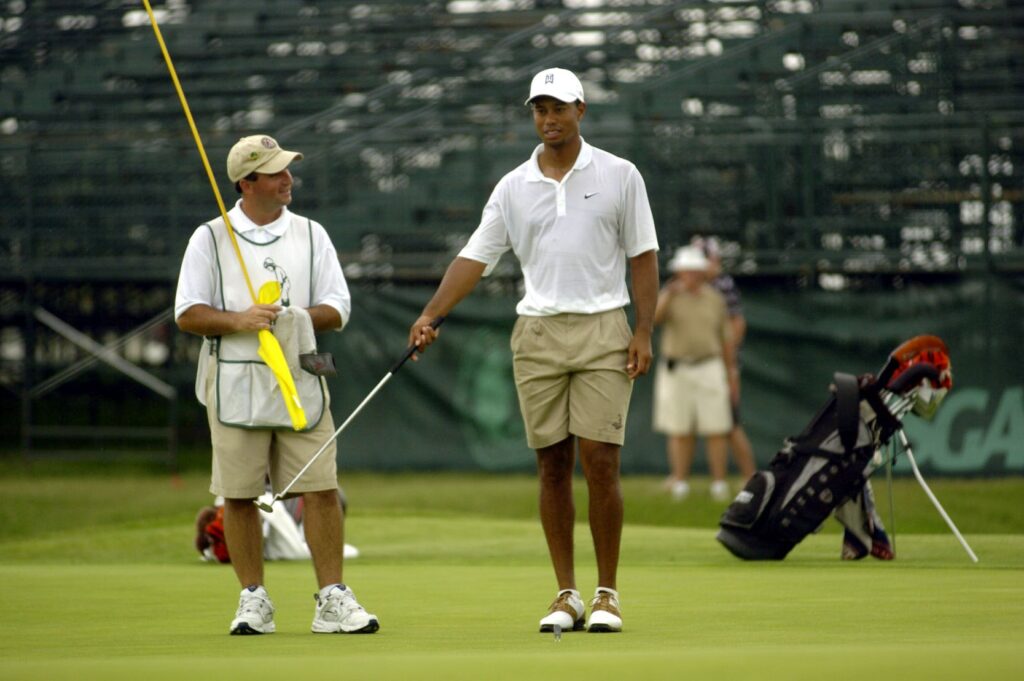
When They Were Young
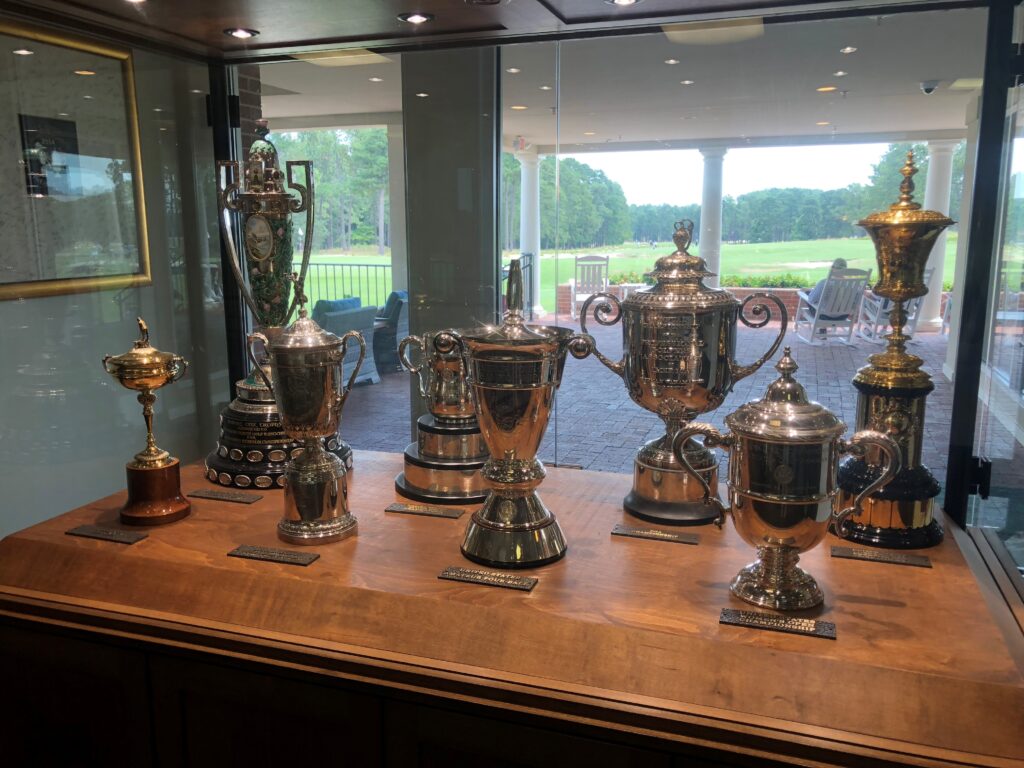
Pinehurst Major-itis

Loving Our Black & Whites
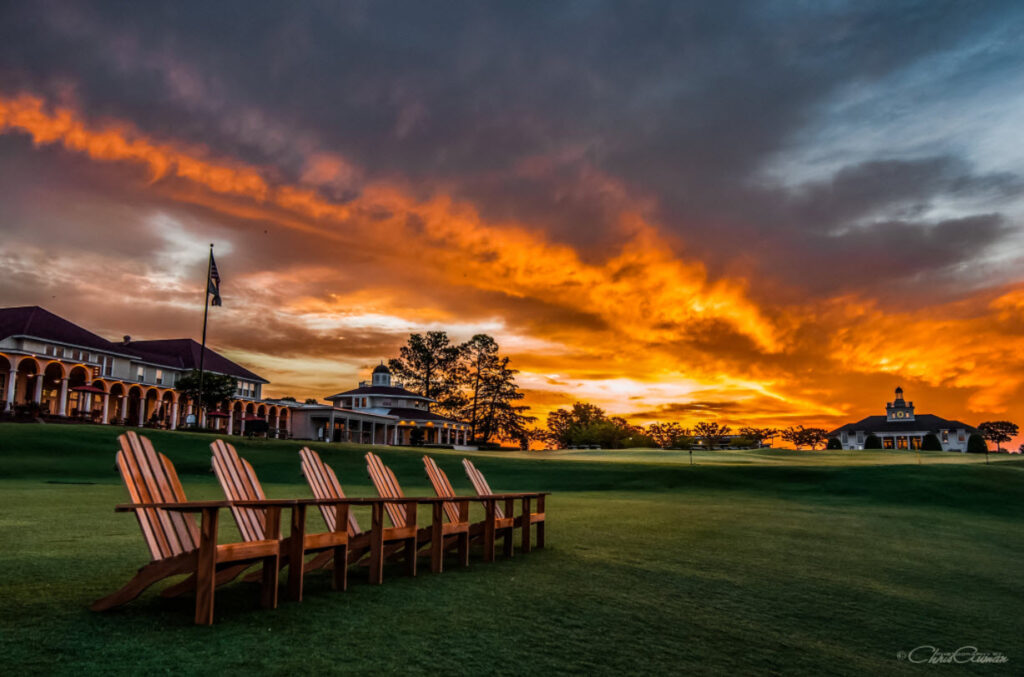
Lens of the Sandhills
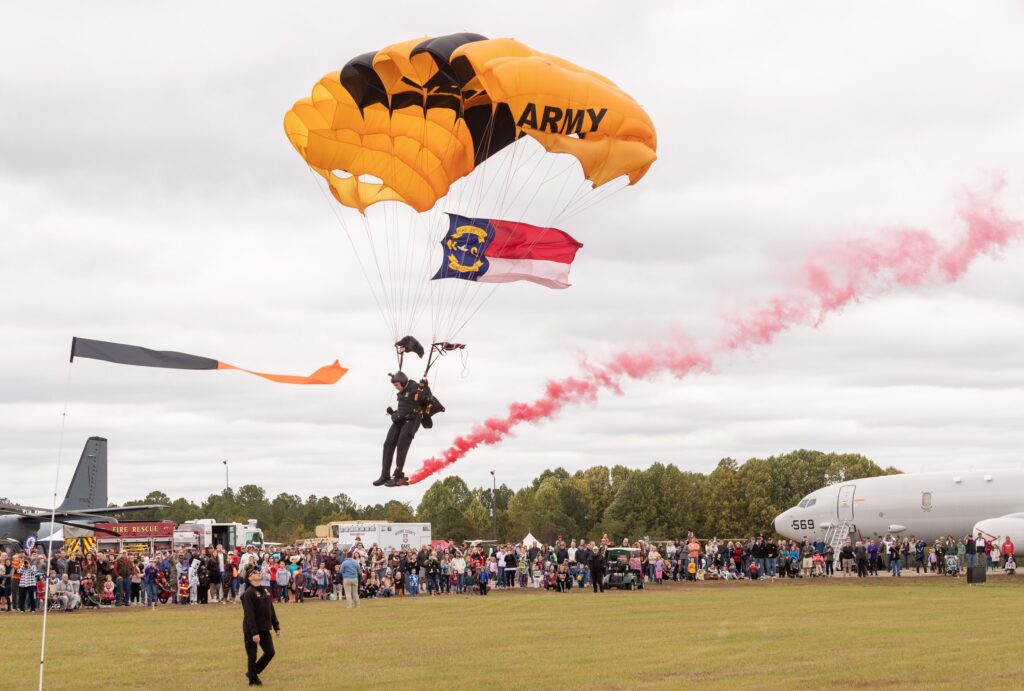
Festival D’avion Named as Signature Event
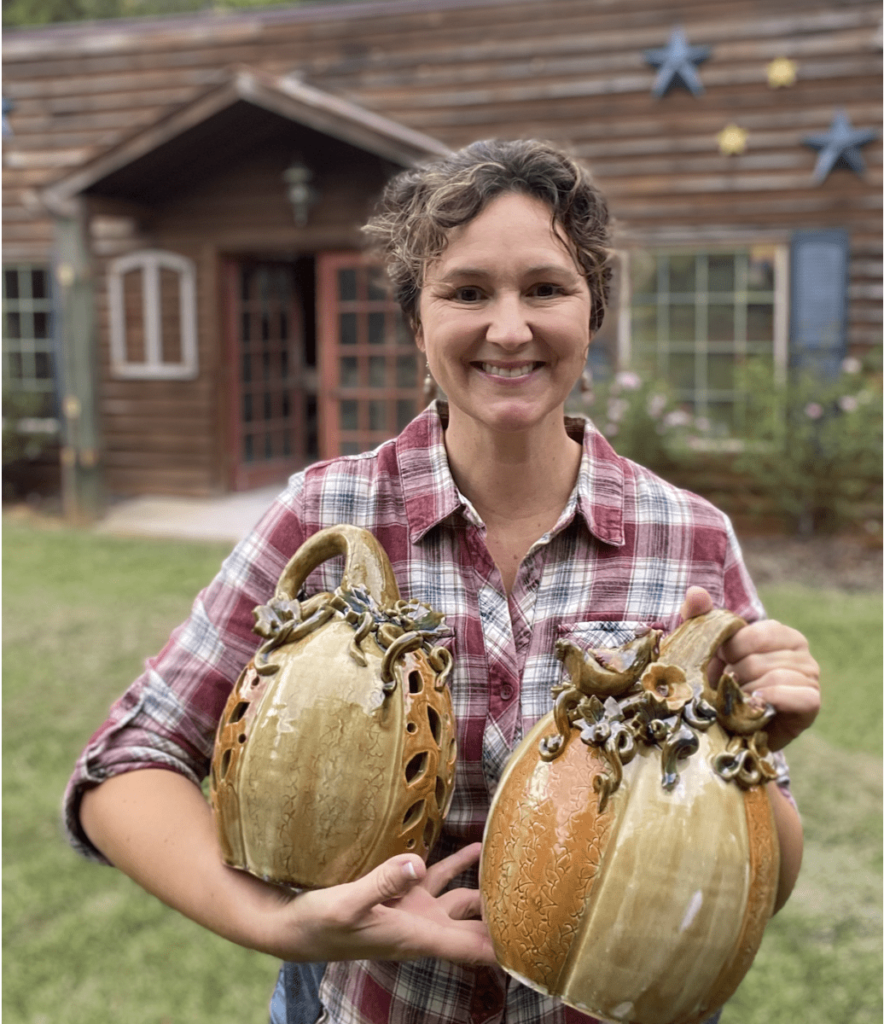
Celebrate American Craft Week

Act Two for Tot Hill Farm
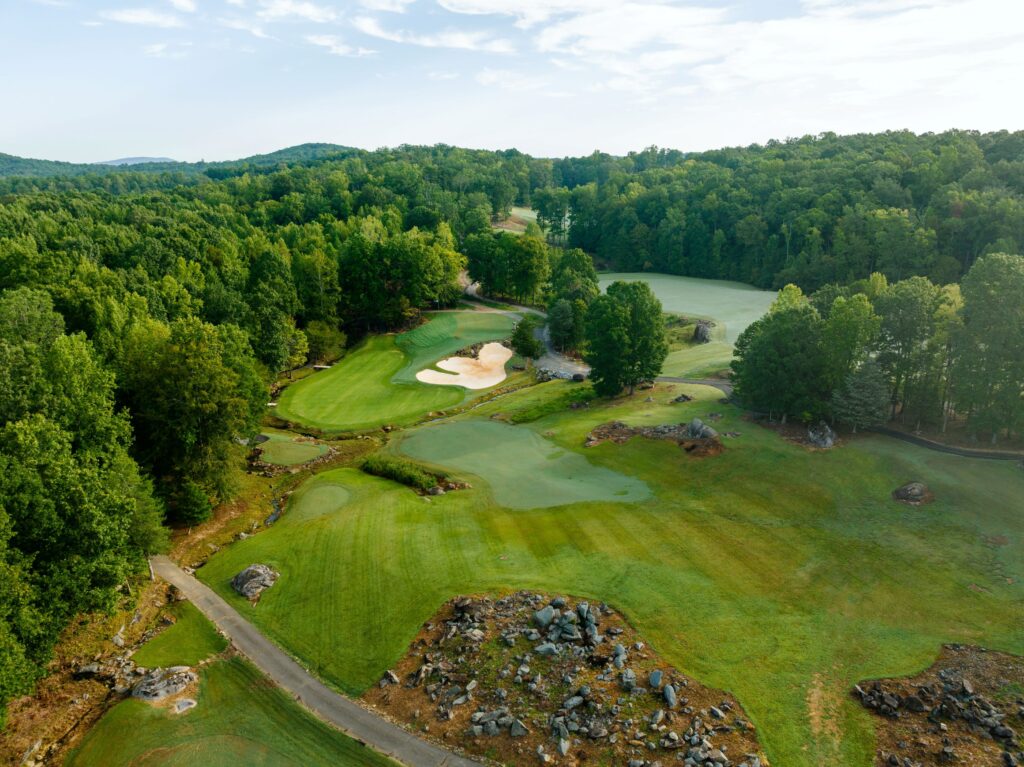
An Artist in the Dirt
Legends of the Pines

Breakfast Joints of the Sandhills

The Scottish Invasion

To Dornoch and Back
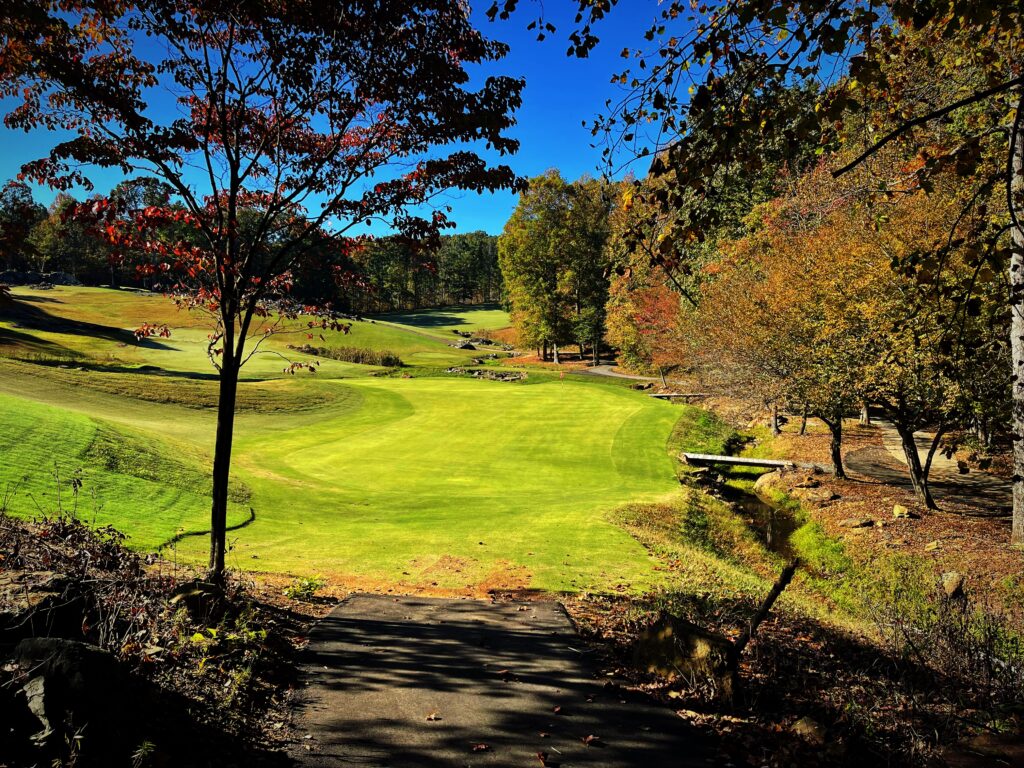
A “New” Pinehurst Welcomes the World in 2024
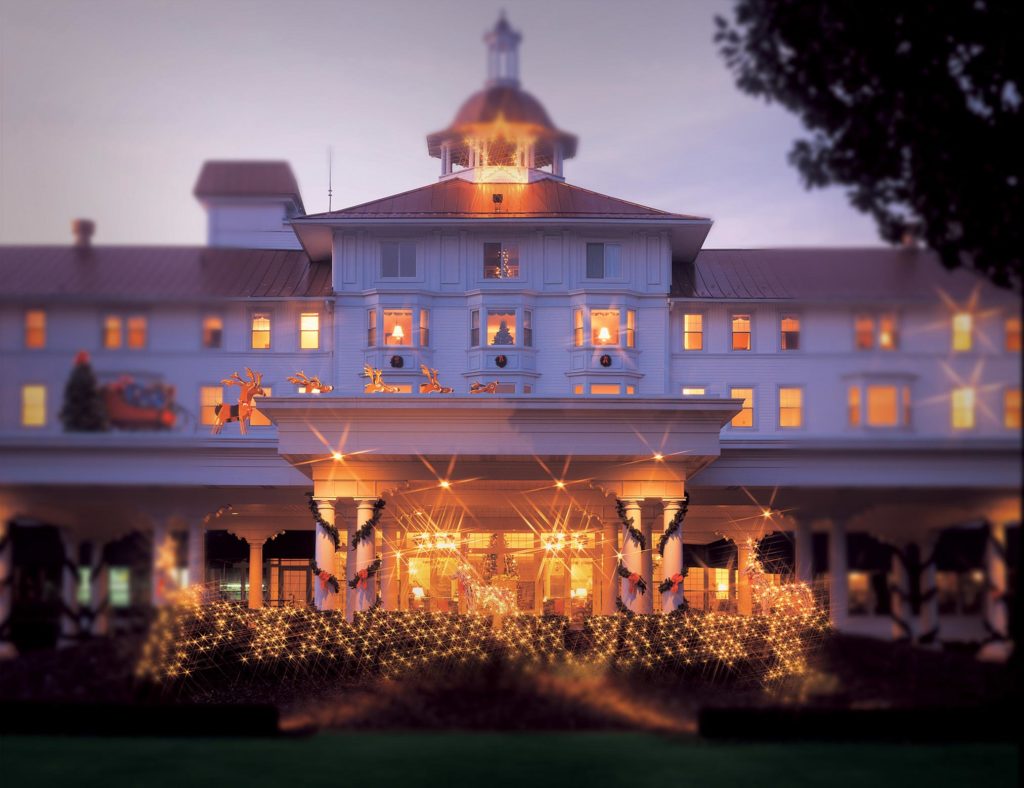
Pinehurst Holiday
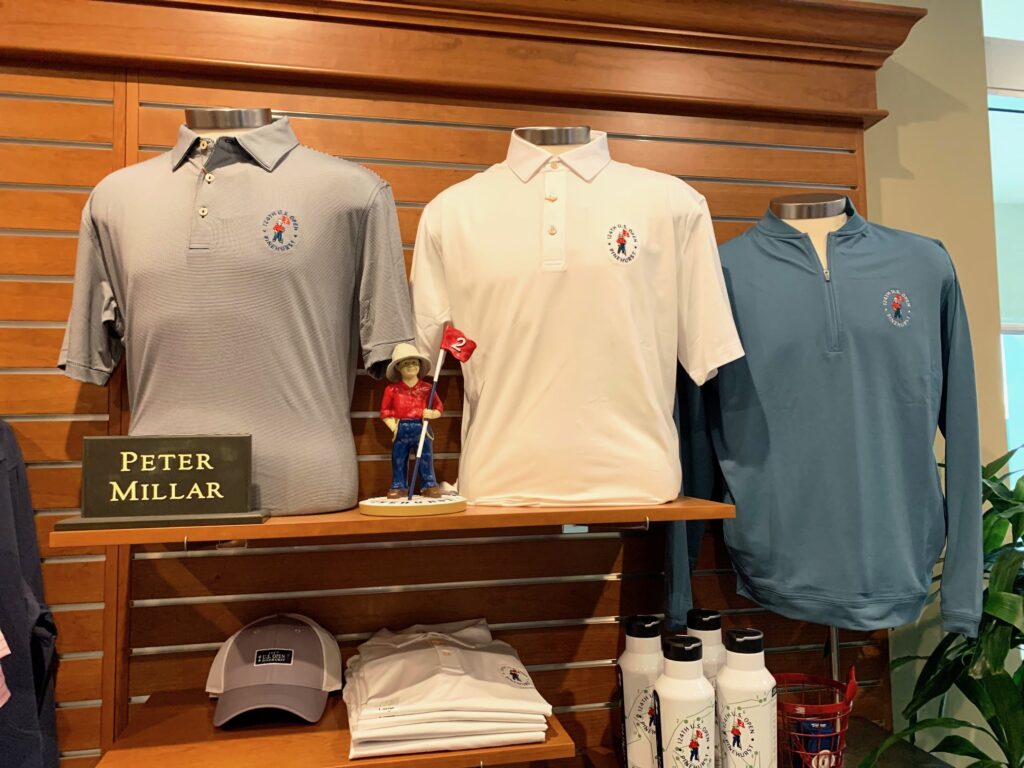
Golfers Gift Guide
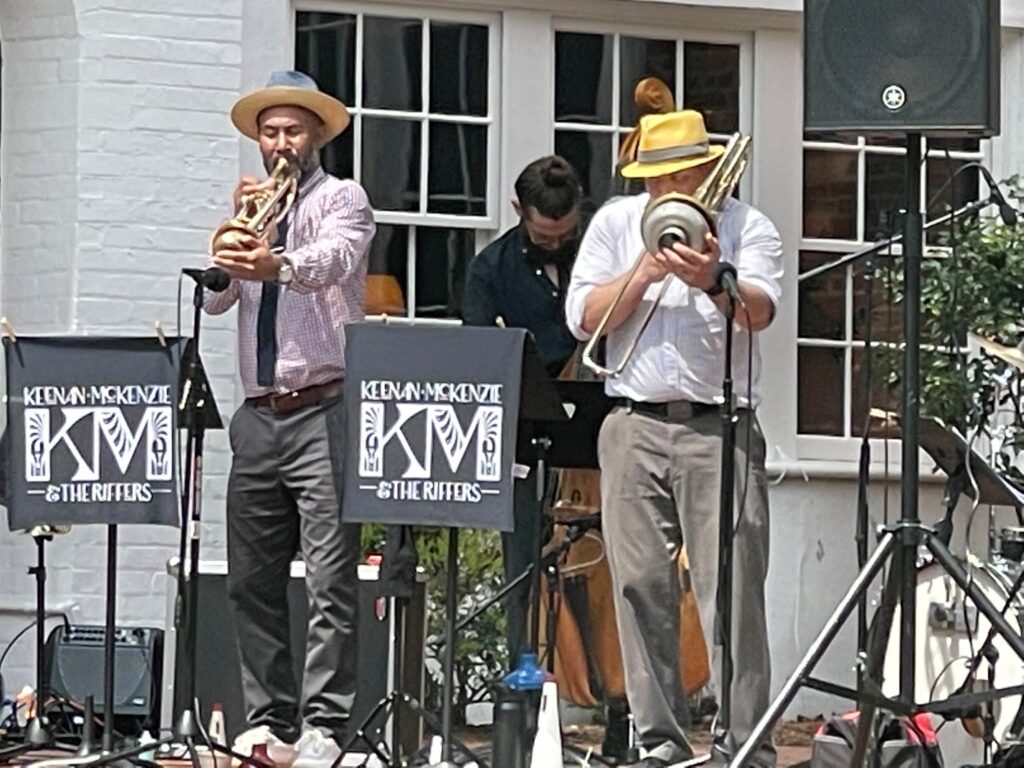
Sandhills Nightlife Scene

A U.S. Open Year
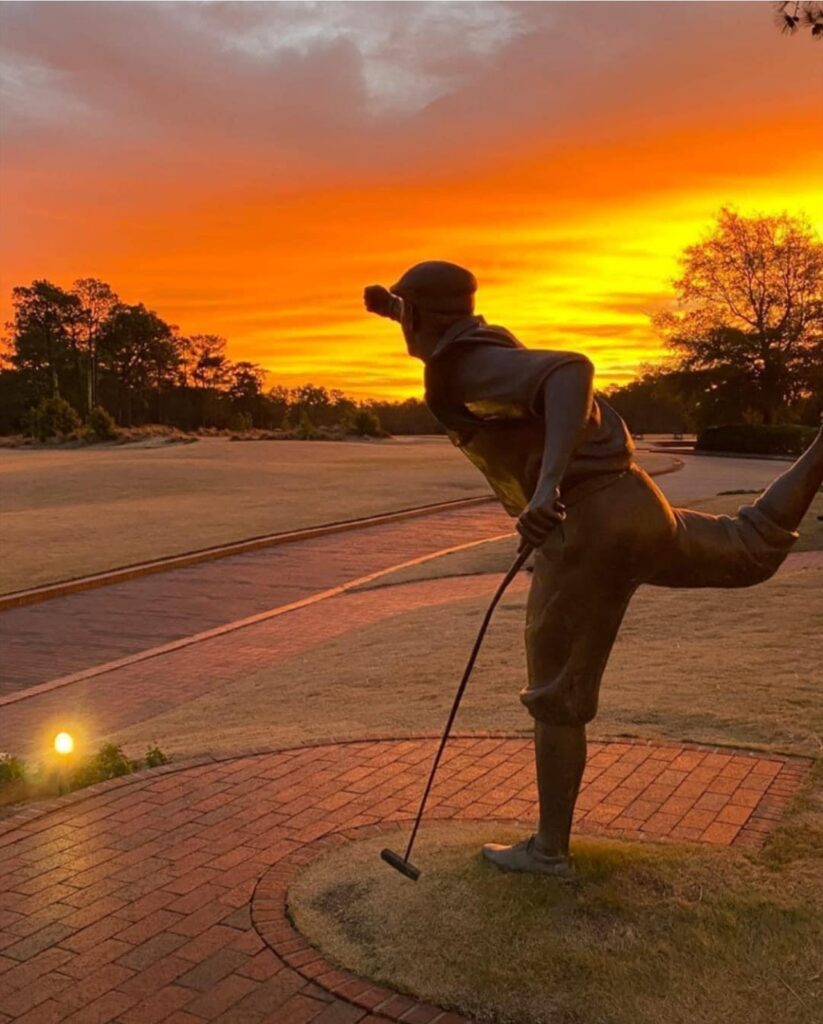
Payne at 25

Where to Antique in Cameron and Carthage
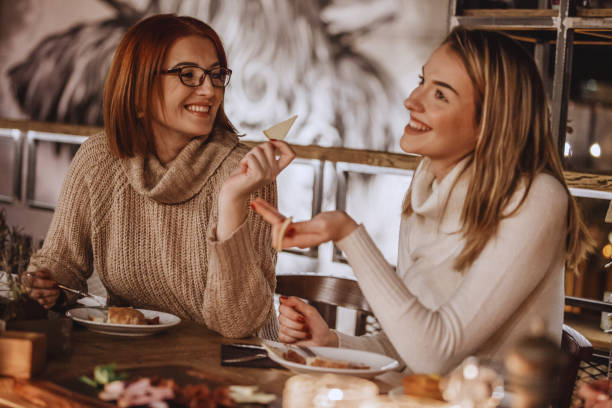
Girls’ Weekend in Moore County
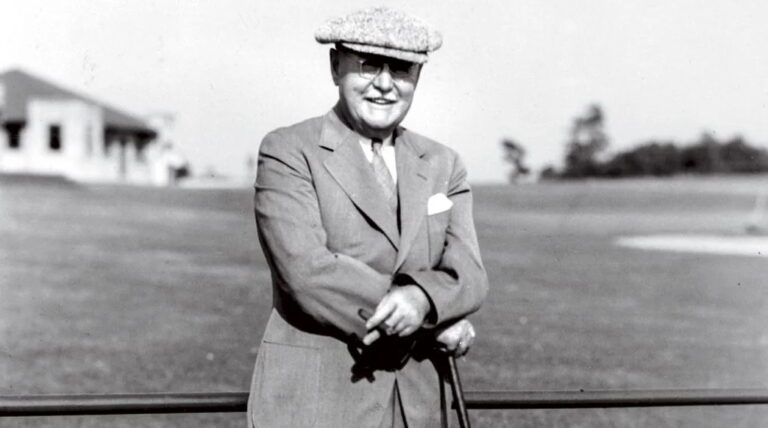
Sandhills Hall of Fame
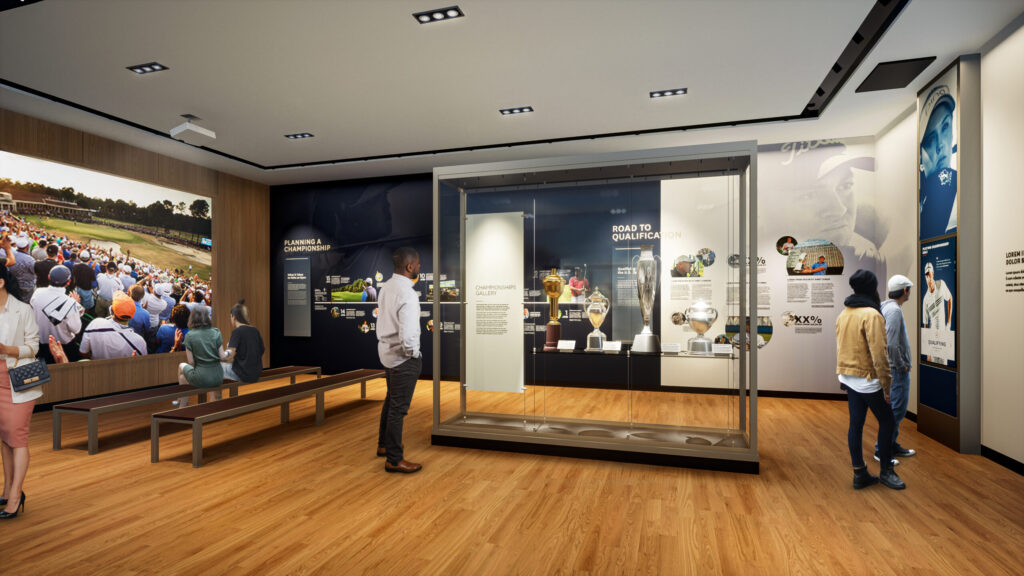
Hall of Fame Take Two
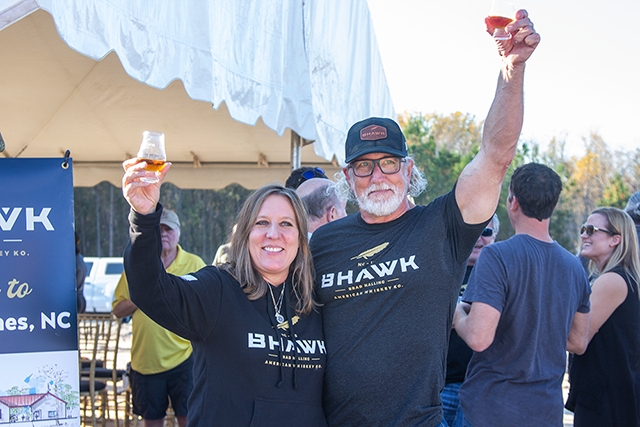
BHAWK Distillery Toasts Military Spirit
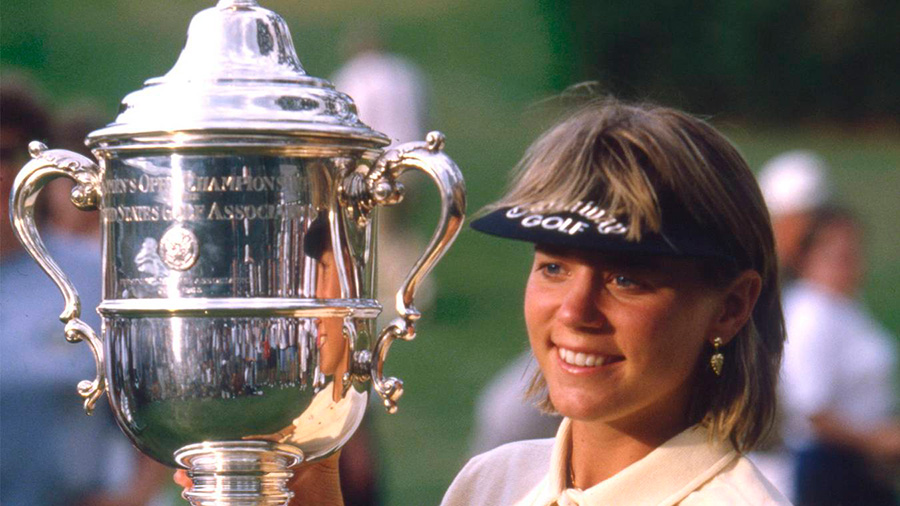
A Dozen Master Strokes
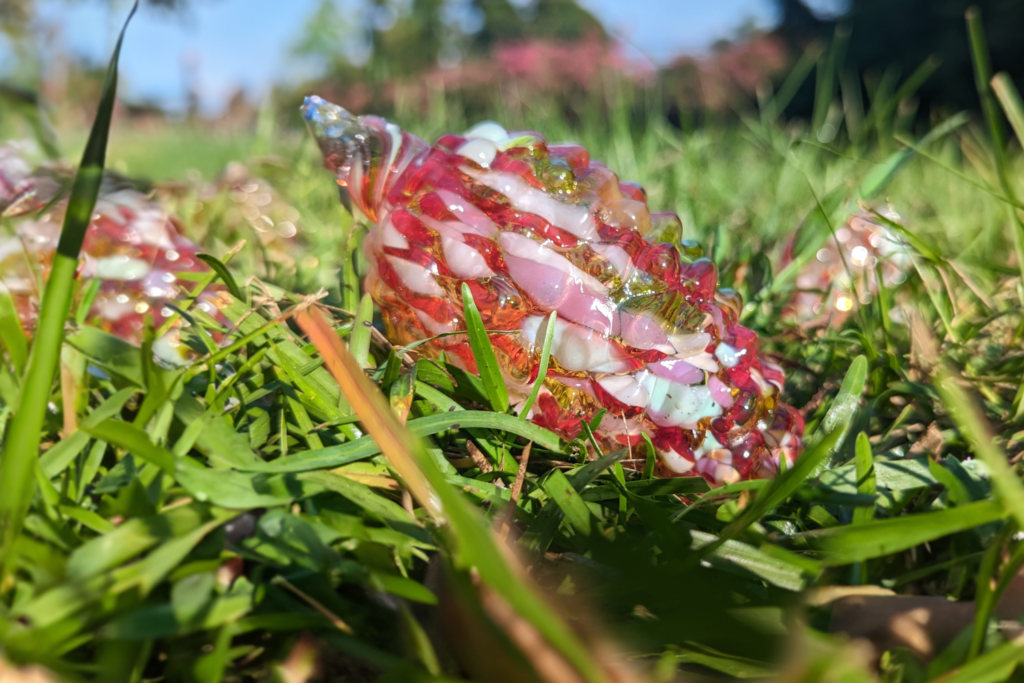
Popular Pinecone Pathways Returns for Spring 2024
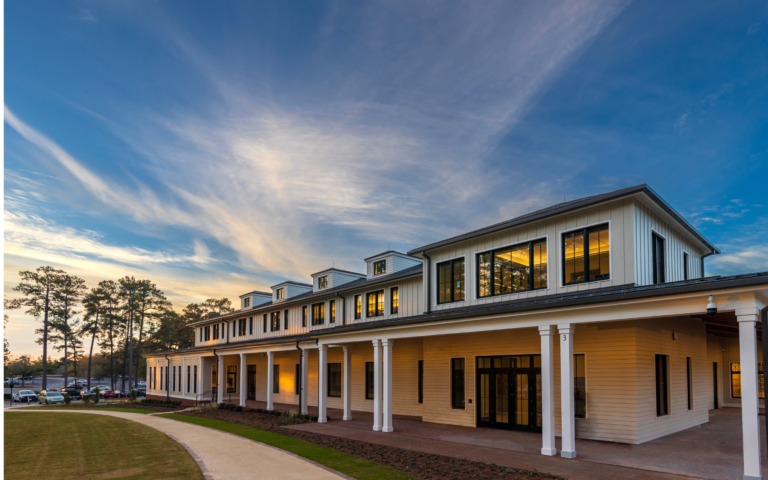
The Dynamic Decade
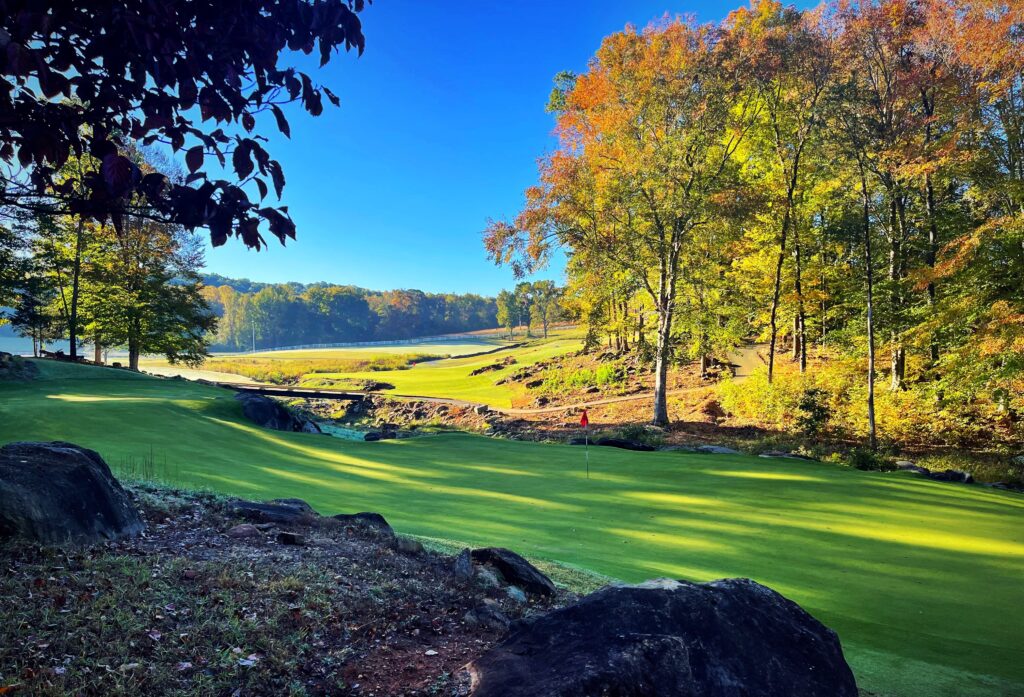
Sandhills Pours Double Dose
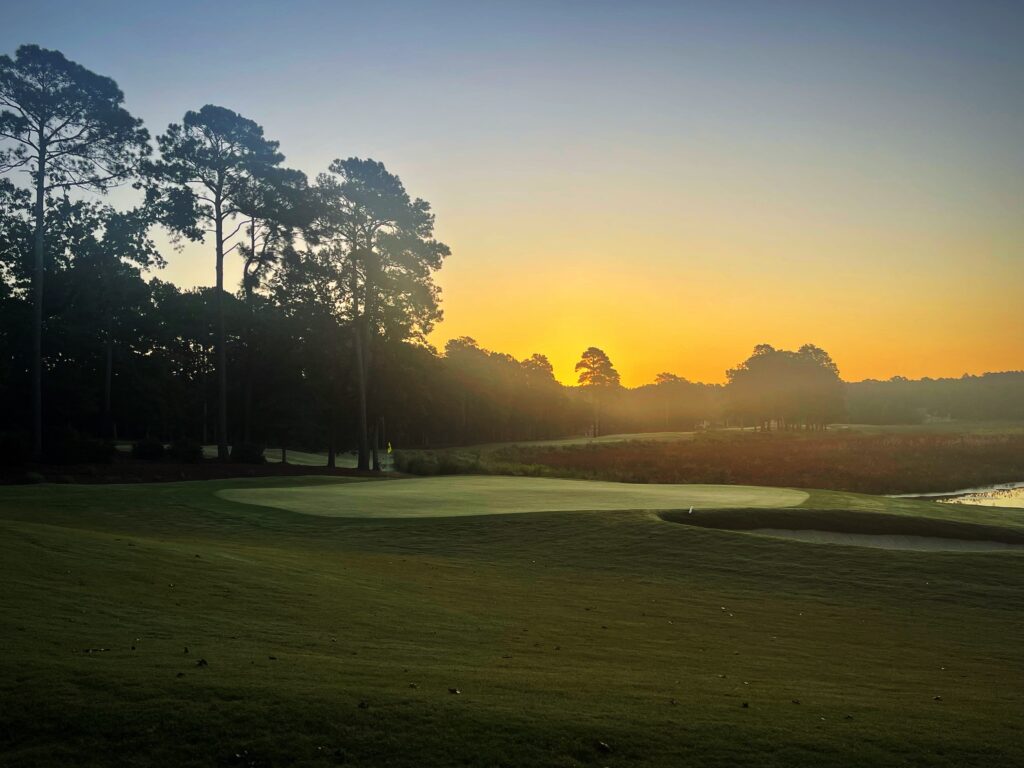
Rebirth at Woodlake
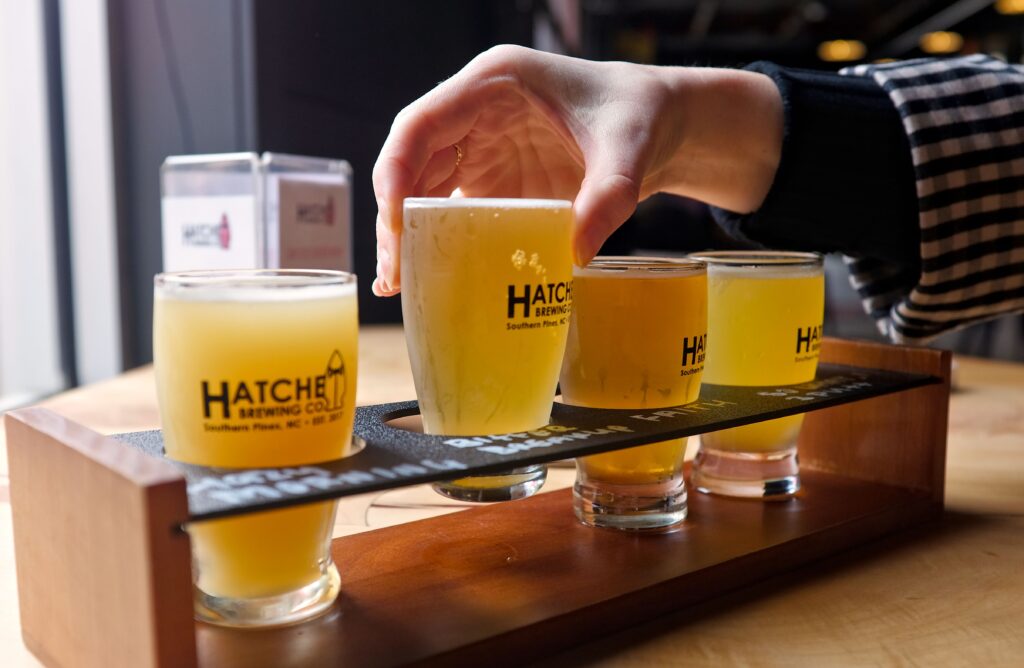
Pints in the Pines: A Guide to the Breweries of the Sandhills

